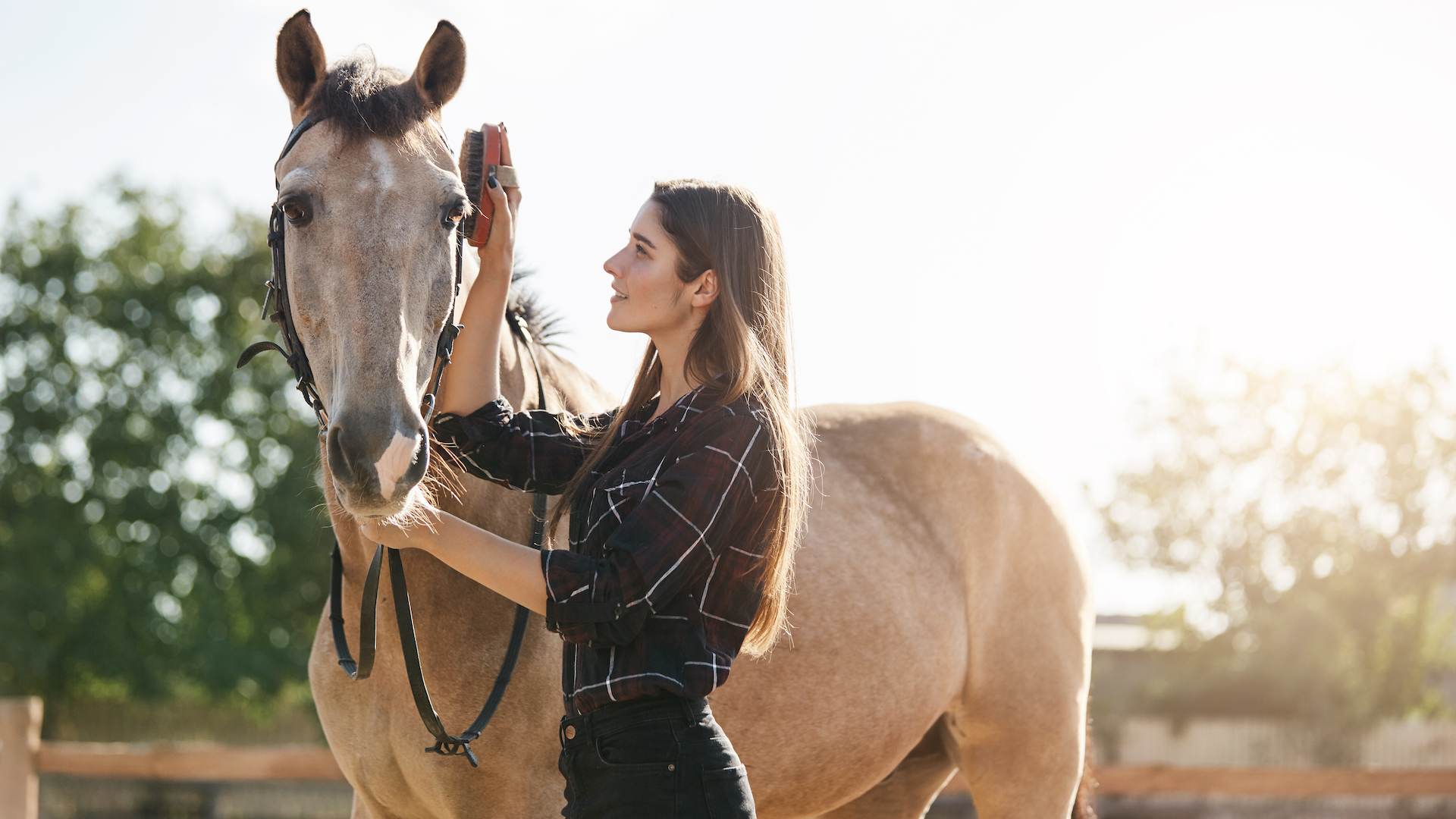
Caring for a horse is not just a thrilling adventure, it’s also a full-time job, responsibility, and, yes, sometimes a little bit of a headache. How we wish horses could talk! But the first step is understanding your horse’s needs as the key to unlocking a magical bond with your four-legged friend.
First and foremost is a horse’s right to the five freedoms: from hunger, pain, injury, fear and to behave in a way that a horse naturally does. All our dealings with our horses should be in the light of this. Also having things like the best horse shampoos and the best horse clippers will help you along the way.
In this article, we’ll trot through some fun and practical tips to keep your horse happy and healthy – whatever the weather, our goals, and the type of horse.
32 tips for taking care of your horse
1. Feeding principles
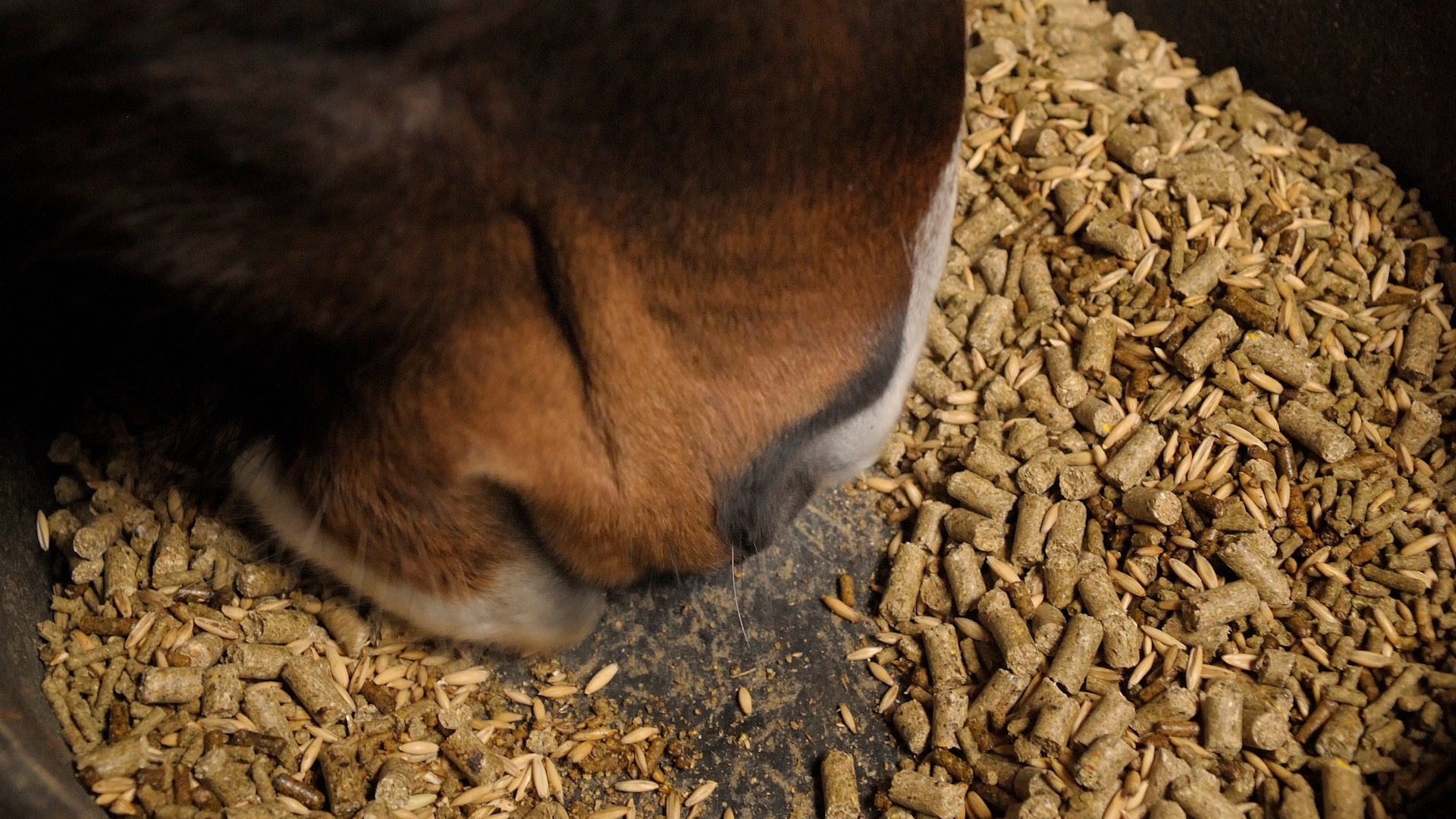
Knowing what and how much to feed your horse is an inexact science but you should follow some basic principles. Maintain your horse at an appropriate weight, with sufficient energy for his work while replicating natural feeding patterns.
The rules for feeding horses are to feed little and often, with plenty of roughage and some succulents. Feed according to your horse’s size and workload, always monitoring his condition and well-being. Introduce changes to the diet gradually.
Horses love routine, so feed at the same time every day, always leaving an hour after feeding before doing strenuous exercise.
2. Body condition scoring
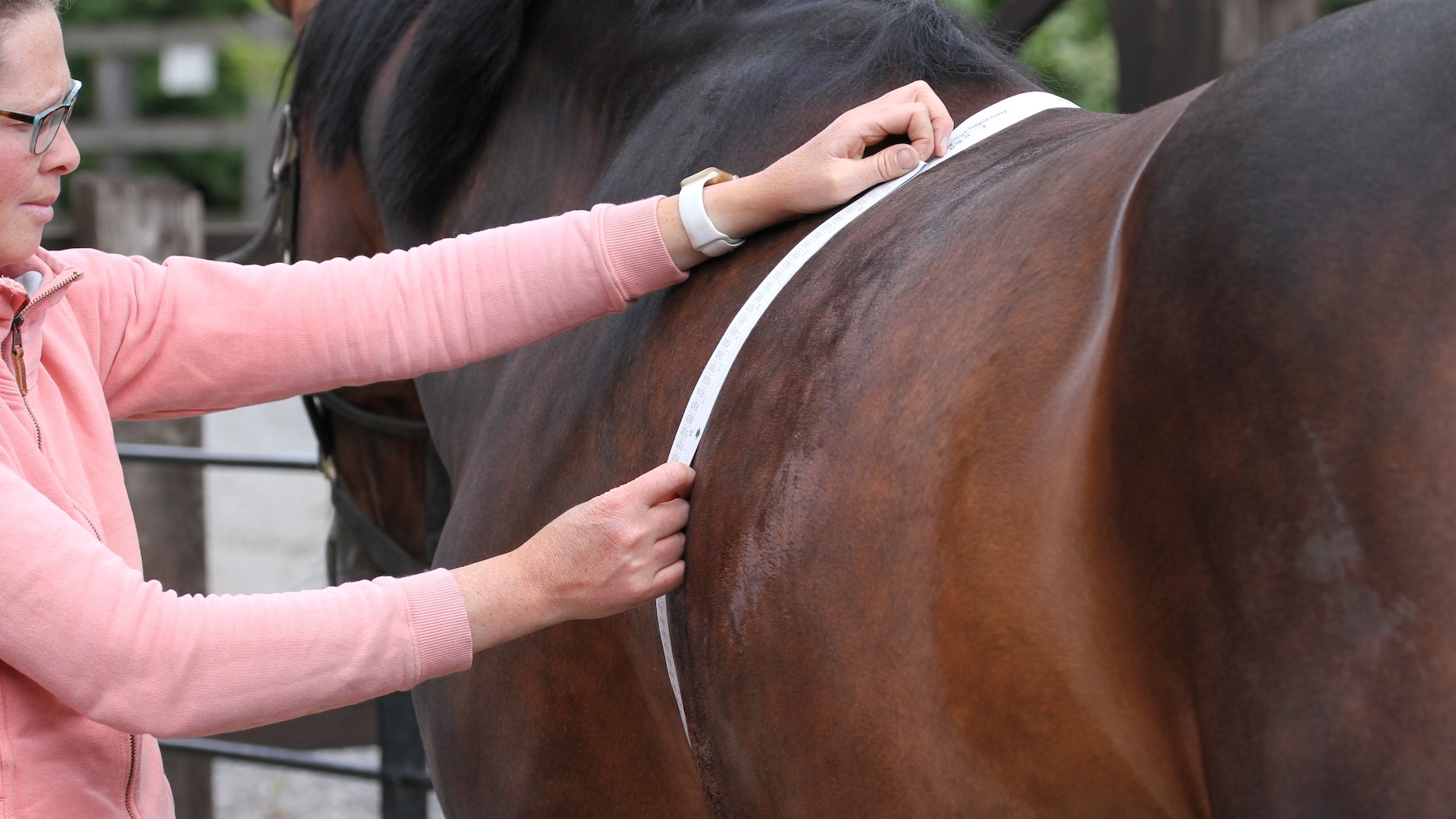
In the West, equine obesity is a welfare issue – some 50% are considered obese in the UK. And this puts them at risk of a host of health issues. But just like our own bodies, we can overlook weight gain (or loss) if it happens gradually. An objective way of assessing your horse’s fat covering to determine whether they are a healthy weight is to monitor them on a regular basis – say fortnightly. We call it “fat scoring” or “body condition scoring”.
There are three areas to score: the neck, body, and hindquarters. Look online to find a fat scoring chart, and measure your horse from 0–5 in each area. You’re looking for a score of 2.5–3, with some breeds, such as fit and healthy thoroughbreds, likely to sit at the lower end due to their natural physique.
You can also use a weight tape alongside the fat scoring.
3. You can lead a horse to water...
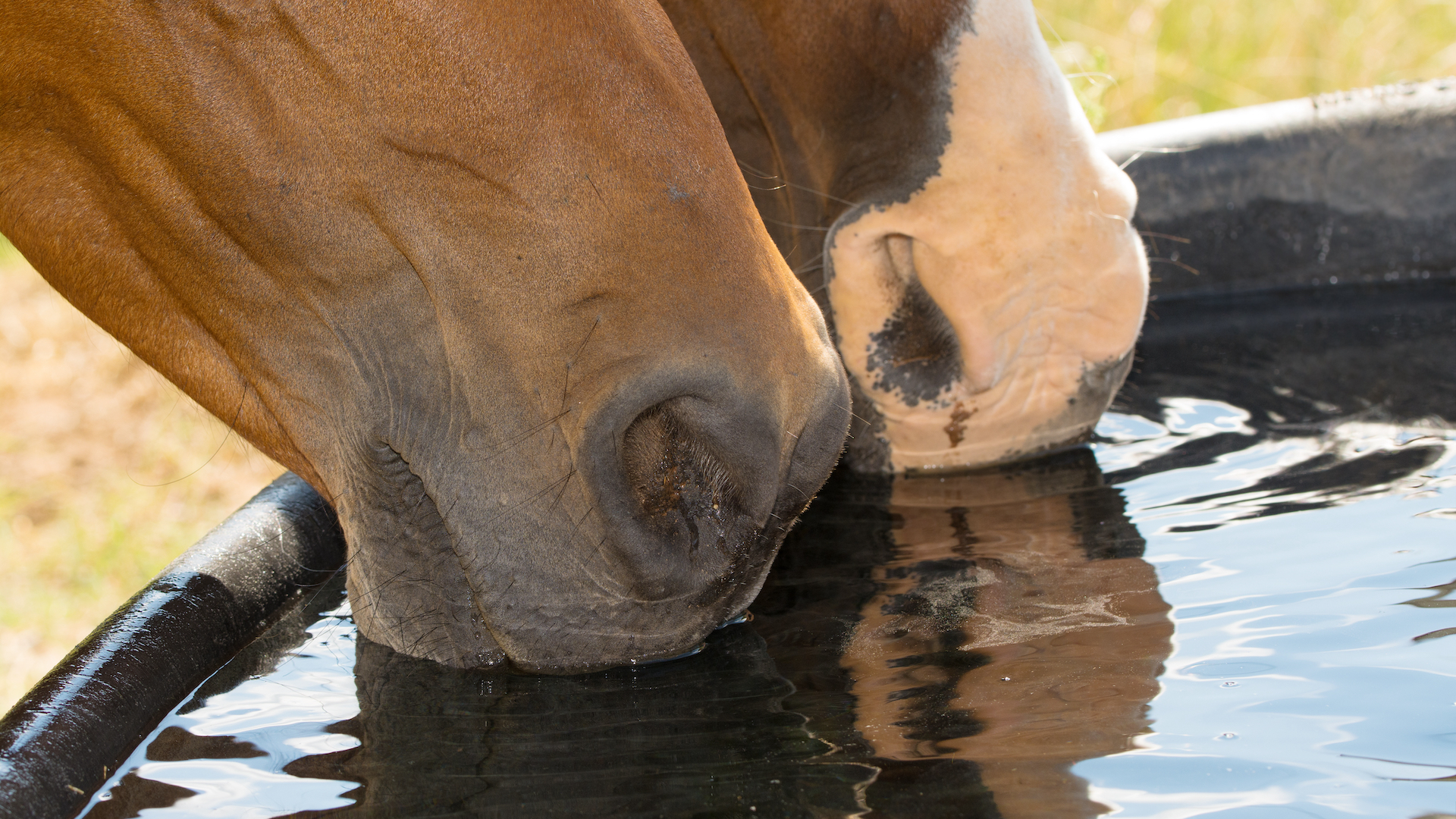
“You can lead a horse to water but you can’t make it drink,” so the proverb goes. Horses may not want to drink just because you’ve thrust a bucket under their nose. Horses should have access to clean, fresh water at all times so they can avail themselves of it whenever they choose.
4. Feeding forage

Forage – grass, hay, haylage, straw, and chaffs – should be the mainstay of a horse’s diet, as a grazing animal. Equines have evolved to eat little and often, so in nature, they will be chewing on forage for up to 18 hours a day.
Grass is the most natural source, but it is often not available at certain times of the year or if a horse is stabled, so provide hay or haylage instead, ad-lib if possible. If your horse is liable to put on weight, you can use a small-hole haynet or a grazing muzzle to slow him down while not starving him.
Forage has so many benefits. It helps keep the horse warm, as it creates heat when digested. It reduces the risk of colic and can minimize the likelihood of ulcers occurring by creating a buffer for stomach acid.
5. Farrier visits
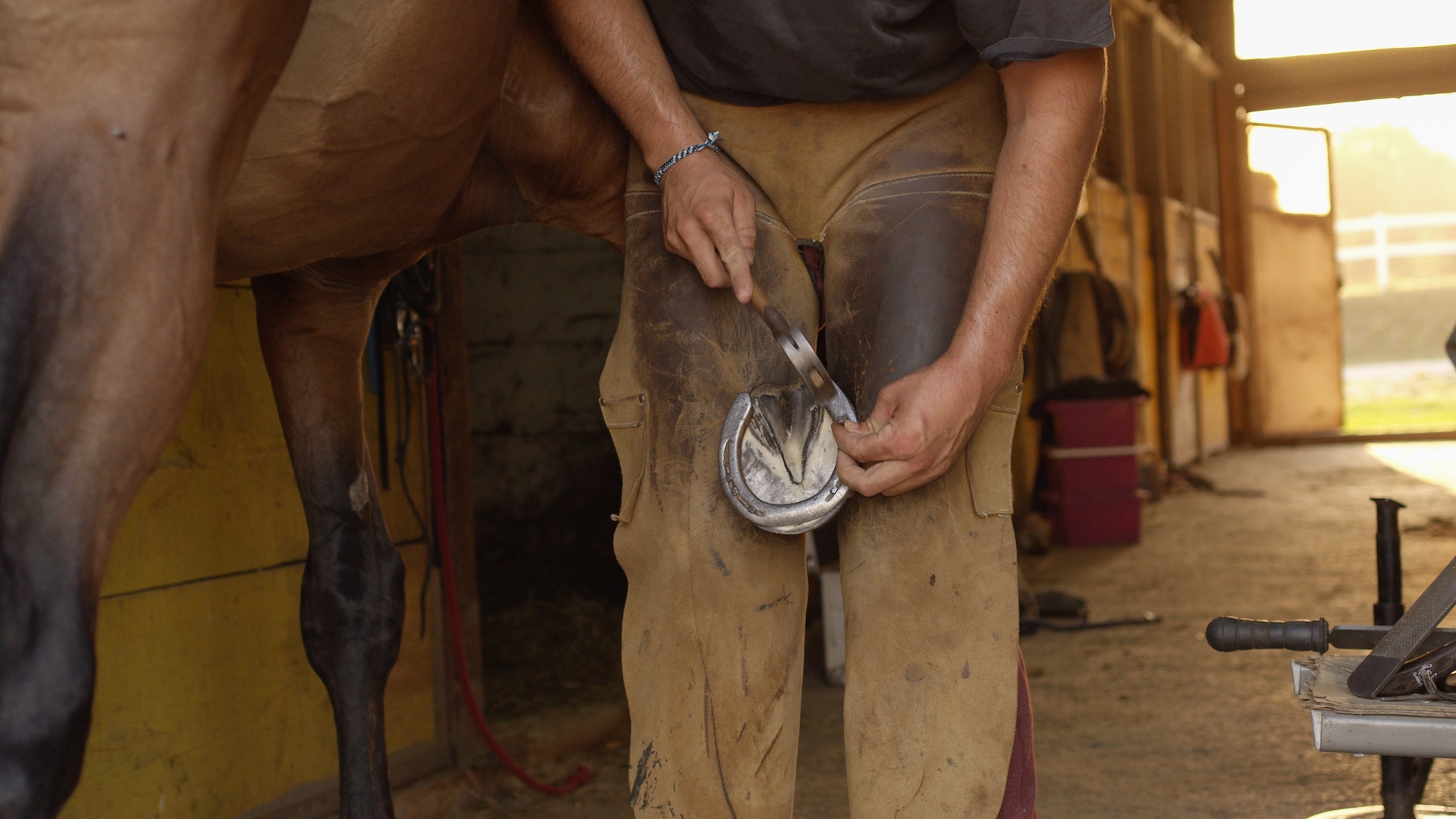
Whether or not your horse wears shoes or goes barefoot, he needs regular attention from a good, trained farrier – typically every four to six weeks. A horse’s hooves, like our nails, grow continuously and so need trimming to keep them in good nick and for the horse’s legs to be well balanced. It affects everything from the horse’s gait to their risk of injury to the tendons and ligaments. Imagine running in stilettos...
6. Signs of lameness
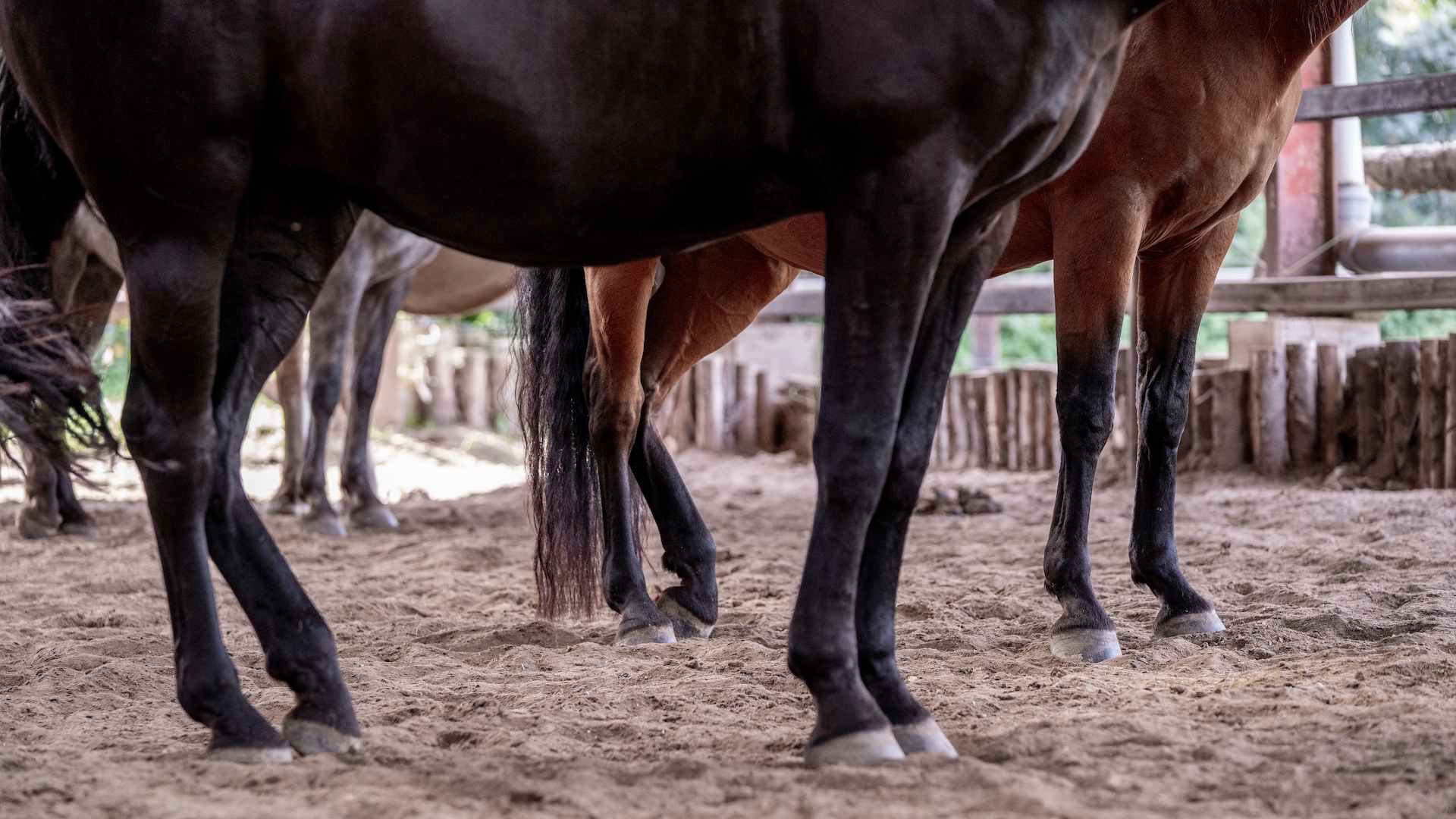
Lameness can be a sign of pain in any part of the horse’s body. Often when we think a horse has a leg problem it’s actually the back.
Limping is an obvious sign, but with milder lameness, horses will often give behavioral indications that all is not well. Are they resting a leg or shifting their weight around? Be alert to any changes, such as aggression, lethargy, or resentment of tack being put on. They may start to buck, rear, or refuse at fences. They may not want to accept the bit, head-toss, or be reluctant to work. Tail-swishing is another indicator – though this may just be irritation to flies.
Always try to listen to what your horse is telling you through their behavior.
7. Saddle fit
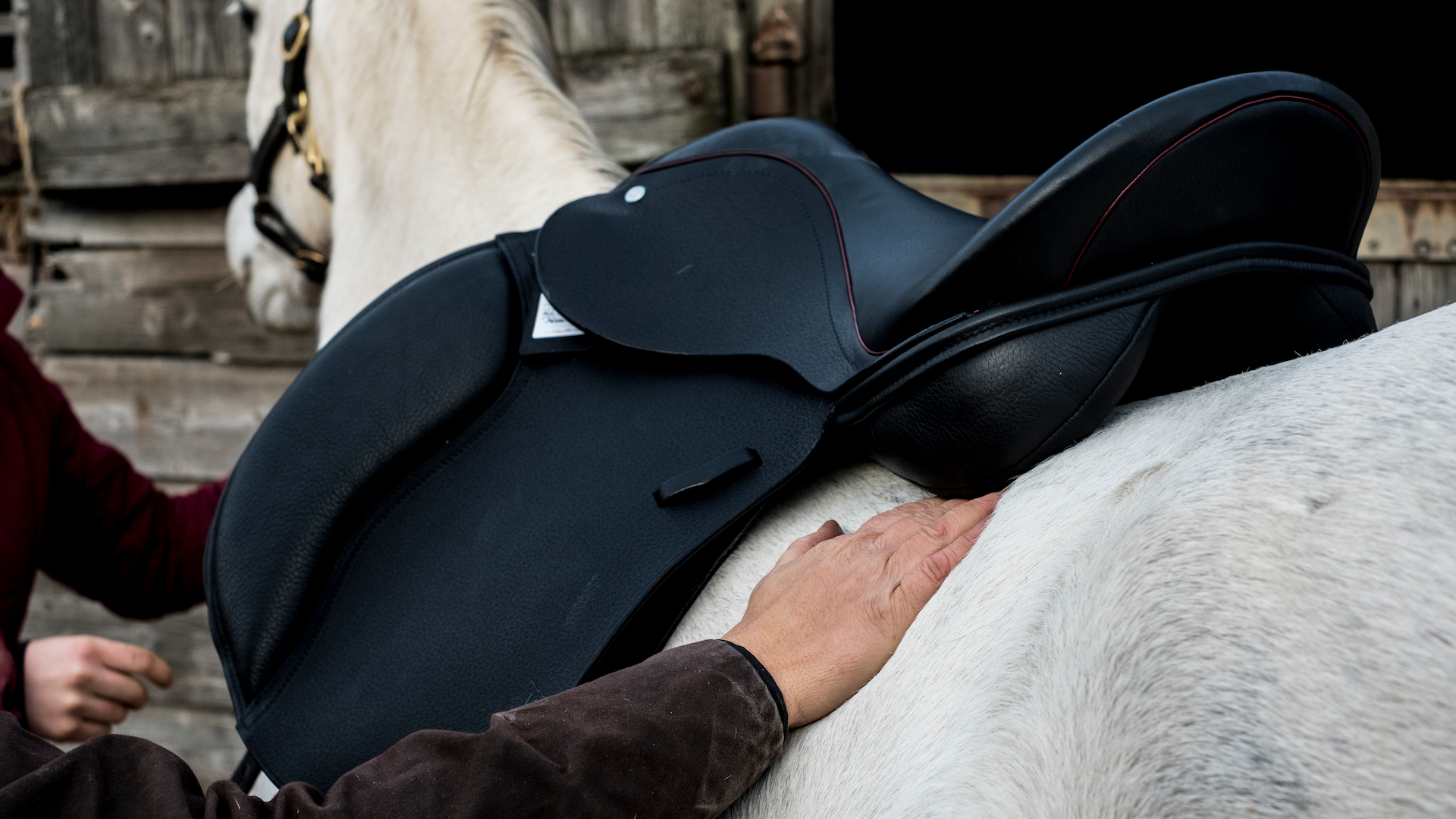
A correctly fitting saddle is so important for your horse’s comfort, freedom, and development. The right saddle for your horse should distribute the rider’s weight evenly, without pressure points, clearing the wither and spine sufficiently and also matching the horse’s length of back. It should not rock, tilt, or slip.
Don’t imagine that just any saddle will fit any horse; alas, it’s often a case of trial and error to find what suits. A professional saddle fitter can provide advice (they often sell saddles, too), as a poorly fitting saddle can not only cause injury but make the horse resistant and likely to manifest behavioral problems as it tries to evade the pain.
8. Bridles and bits
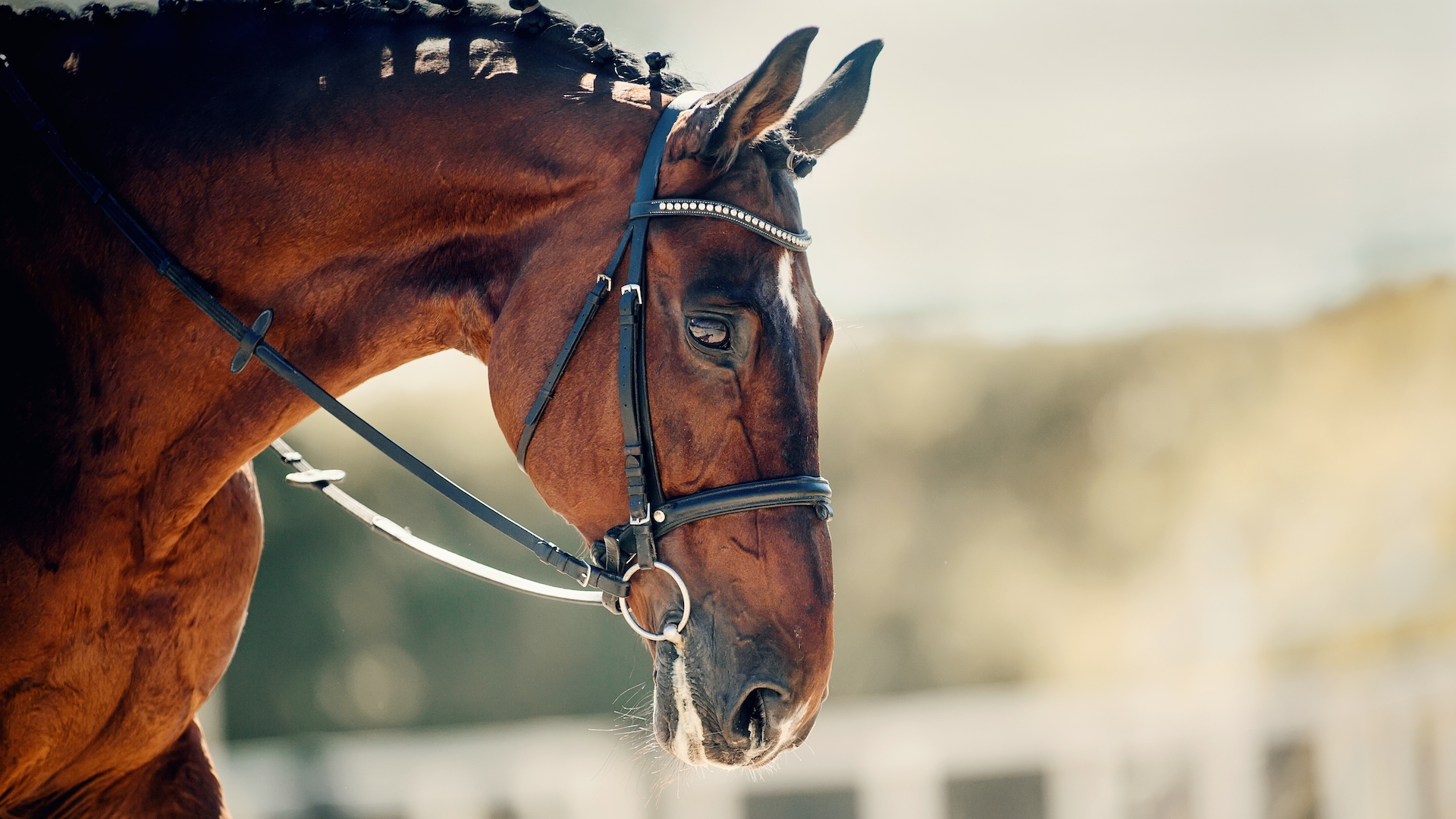
The design and fit of the bridle affect the horse’s comfort and, ultimately, performance. Horses have very sensitive facial features, and pressure points in the wrong places can cause them irritation. Many bridles nowadays are anatomically shaped to give room in the right places to avoid sitting on nerves or delicate bones.
The bit, too, tends to be a personal matter. Some competitive societies, particularly dressage, have rules on prohibited bits, but within that, you’ll want to check a few out to see which your horse goes best in. Some prefer a straight bar, others a jointed bit. Some like a sweet-iron; others like plastic. Some horses are strong and need more control, others are very light in the mouth. There is a lot of choice out there – a bit fitter can give you advice according to the size and shape of your horse’s mouth, palate, tongue, and lips.
9. Turnout
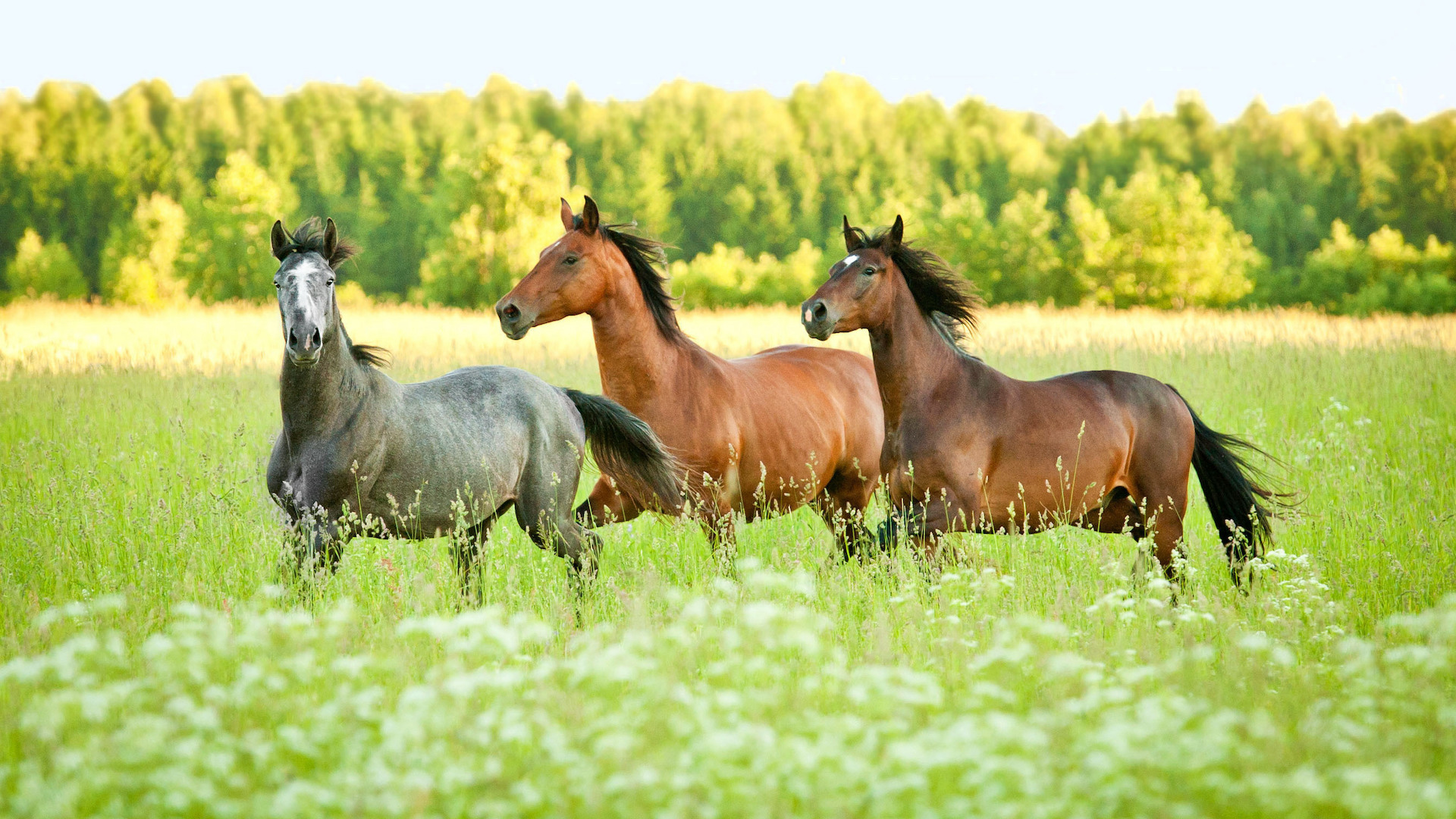
Although modern domestic horses have very different lives from their ancestors – and have been bred over millennia to do so – they have evolved naturally to graze and roam. Turning out where possible allows them to exhibit their natural behaviors.
Turnout has many benefits to their mental and physical health. Horses that are turned out are less likely to have stable stereotypies such as box-walking and crib-biting. Among other conditions, horses that are prone to colic and ulcers tend to thrive with more turnout.
It allows them to let off a bit of steam, and who doesn’t love to see their horse at liberty in a grassy paddock?
10. Dental checks
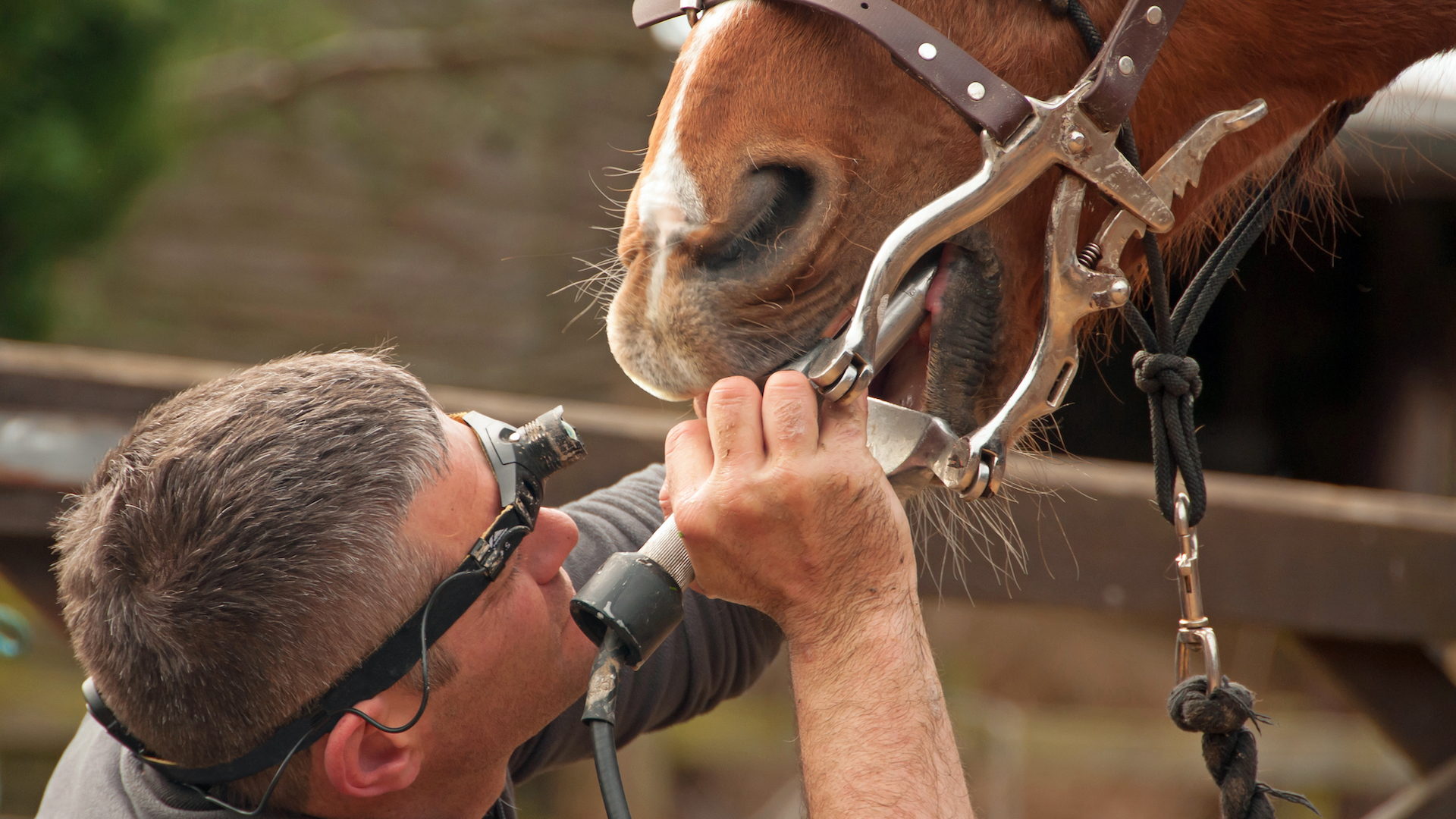
We know we need regular check-ups at the dentist, and so does your horse. Annually if possible, and more often if the dentist needs to monitor potential problems. Horses are such stoic animals they often do not show they are in pain, and issues in the mouth are hard for us to spot.
Horses’ teeth are always growing throughout their lives and although they are worn down by grazing this can cause sharp edges. This means they need floating (or rasping) to prevent them from causing lesions on the sides of the mouth – and pain when chewing or with the bit.
Regular dental check-ups will keep your horse eating efficiently, avoid biting problems, and prevent the likelihood of tooth loss and issues as the horse ages.
11. Companionship
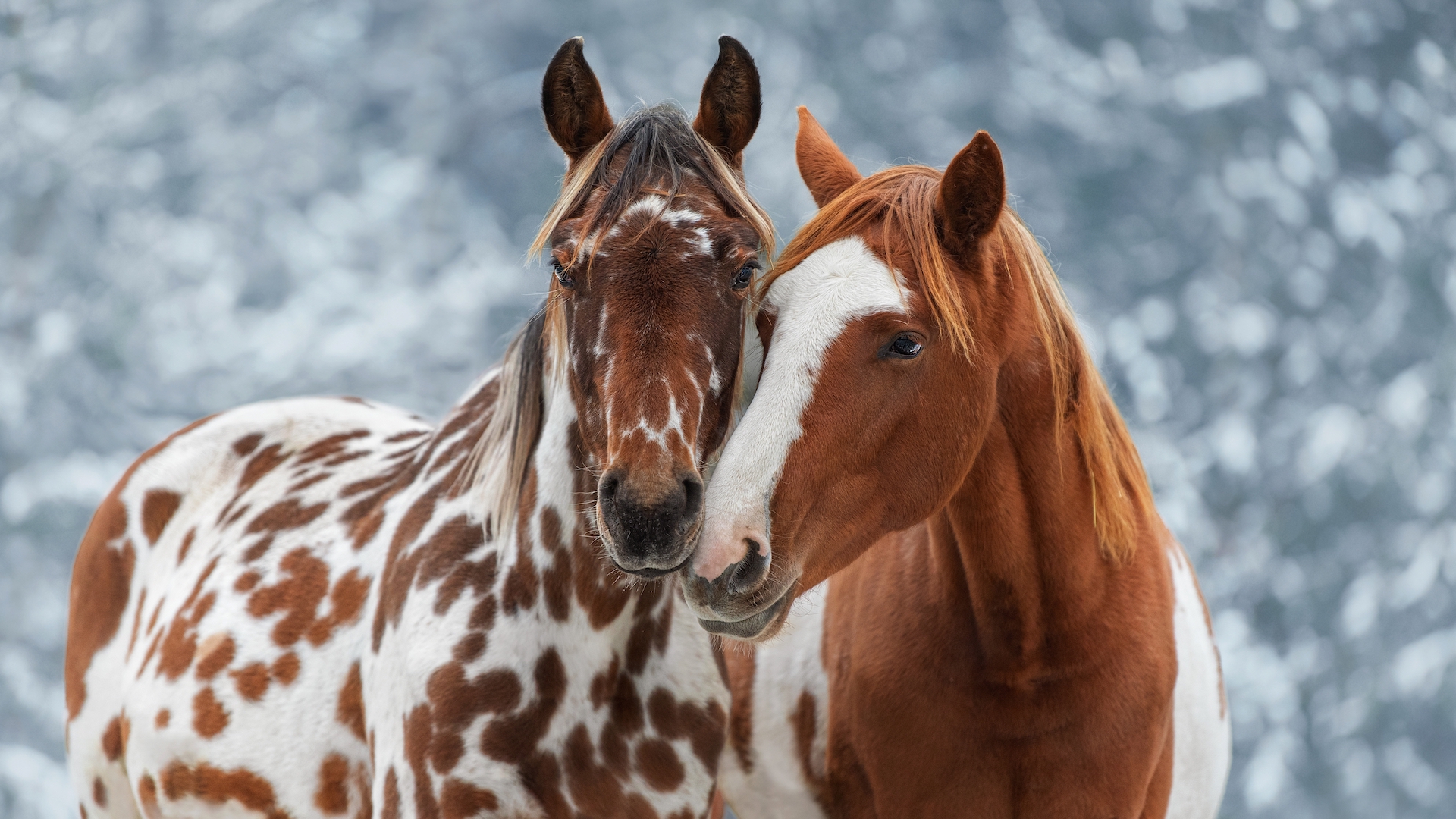
A normal horse is never alone out in the wild, and companionship of their own kind is considered an essential freedom for an equine. Our domesticated horses should always be able to see and touch another horse, or other equine, for their overall health, happiness, and wellbeing.
As herd animals, it is ideal if horses can be turned out in the company of others, allowing them to interact. However, this is not always practical or safe. In such cases, being in fields next door to other horses, in sight of their own species, is a solution.
12. Deworming programme
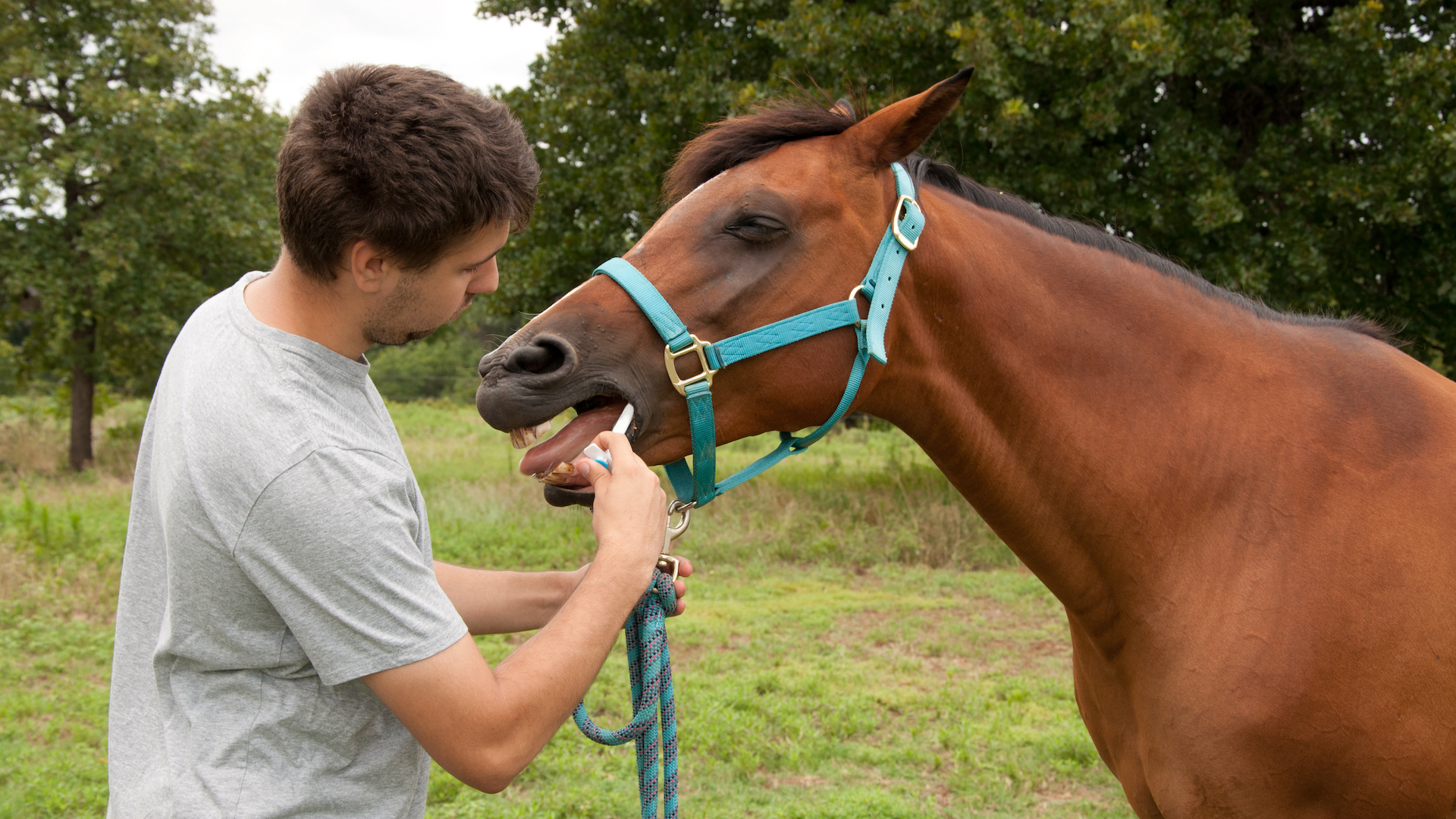
Worms are internal parasites that can cause serious health problems if left untreated.
In times gone by, owners used to worm horses routinely. However, veterinary advice has shifted to a tailored deworming plan which is determined by tests and then targeted treatment when necessary. Routine blanket worming has resulted in some parasites becoming resistant to the drugs.
Another important aspect of controlling worms is good pasture management – removing droppings from the fields at least every three days, ideally daily.
13. Hoofcare
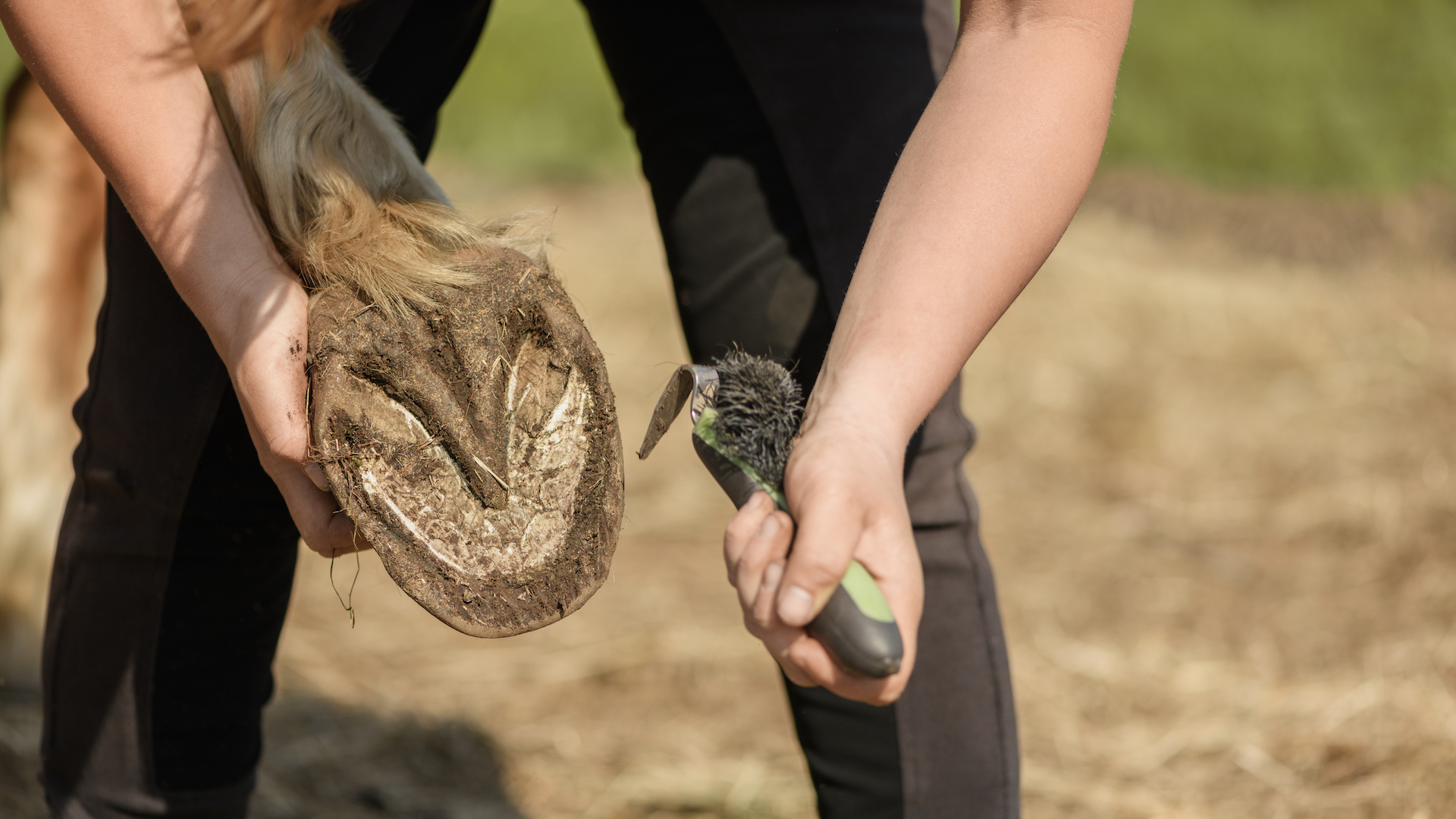
The old adage of “no foot, no horse” is well worth heeding. Besides regular farrier visits, your horse’s hooves need daily care and attention to keep them healthy. This varies according to the season – they can get dry and brittle in the hotter months, while abscesses, soft hoof walls, and thrush are common in a wet winter.
Pick your horse’s feet out once a day. This will ensure you keep them free of any stones or sticks that may lodge in the foot, but also means you keep an eye on the general hoof condition, spotting any cracks, splits, or potential issues.
14. Sheath cleaning
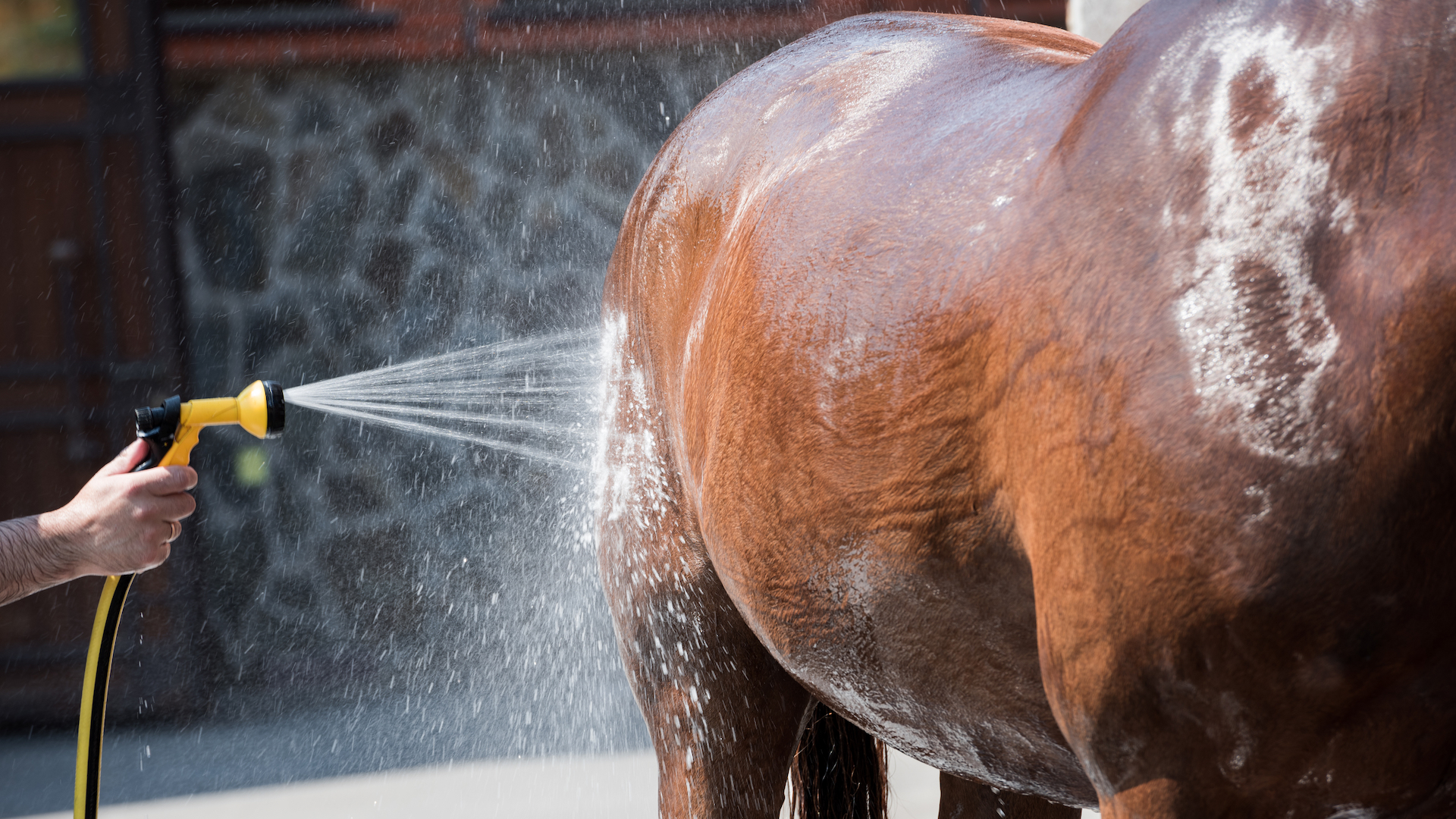
A horse’s sheath protects his penis when it's tucked in (that is not urinating or breeding). A waxy substance called smegma helps to lubricate this area, but horses can produce too much which can cause what is called a “bean”. This can cause obstruction, making the pee spray out over the legs, which in turn attracts flies.
Sheath cleaning is a technical and tricky skill, so we’d recommend using a vet or professional sheath cleaner. For most horses a yearly clean is sufficient, but always monitor the area.
Owners of mares, you are not exempt from monitoring this sensitive area! Mares don’t produce smegma, but their teats can get a build-up of sweat and dirt which causes irritation and may need careful cleaning.
15. Bedding
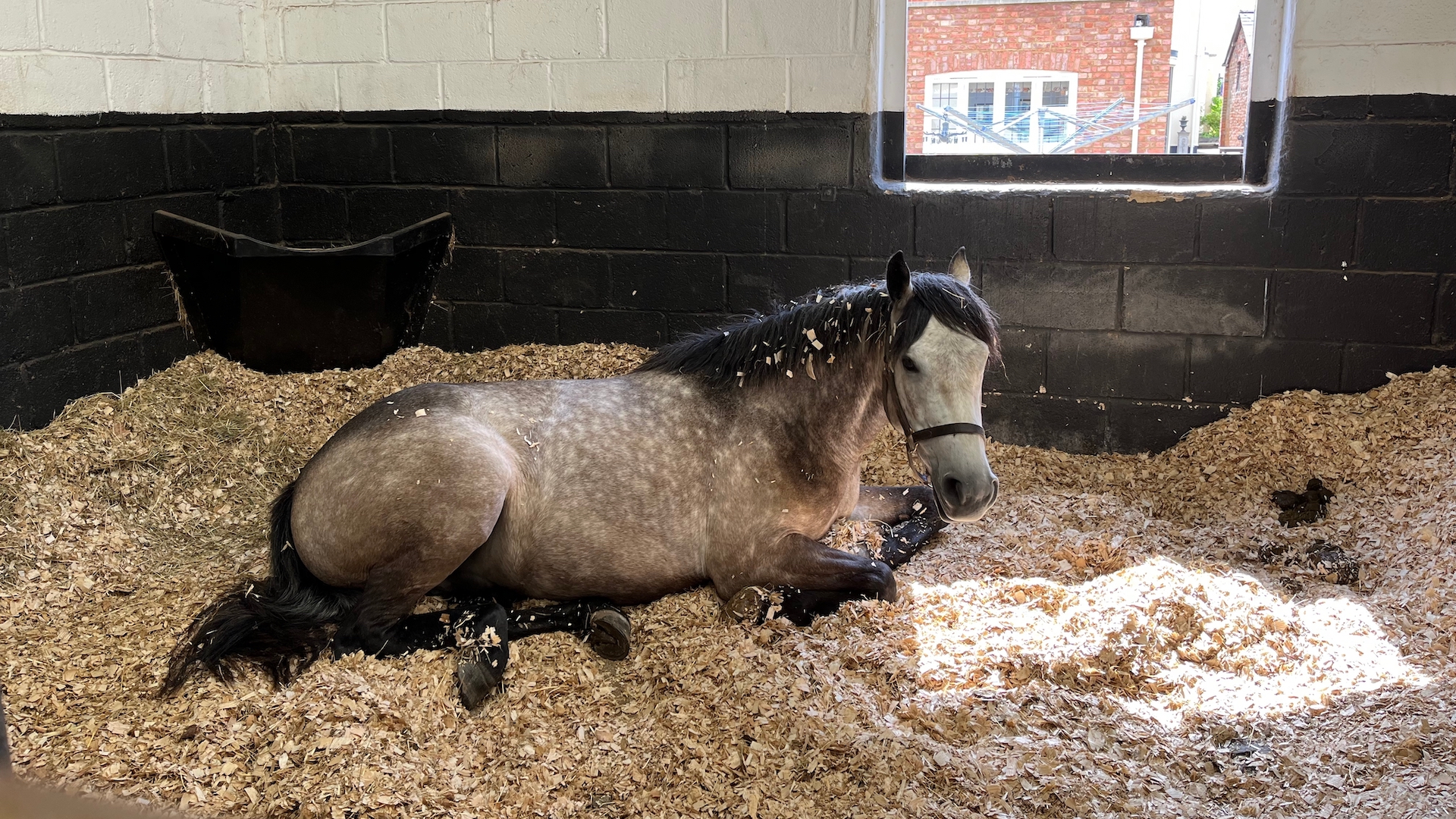
Your choice of bedding will depend on a number of factors, such as whether the horse has any allergies, cost, whether you deep-litter, whether your horse eats it, and so on. Whatever bedding you choose – and there are advantages and disadvantages of each type – make sure you find good-quality, dust-free, non-toxic, and non-irritating products.
16. Mucking out options
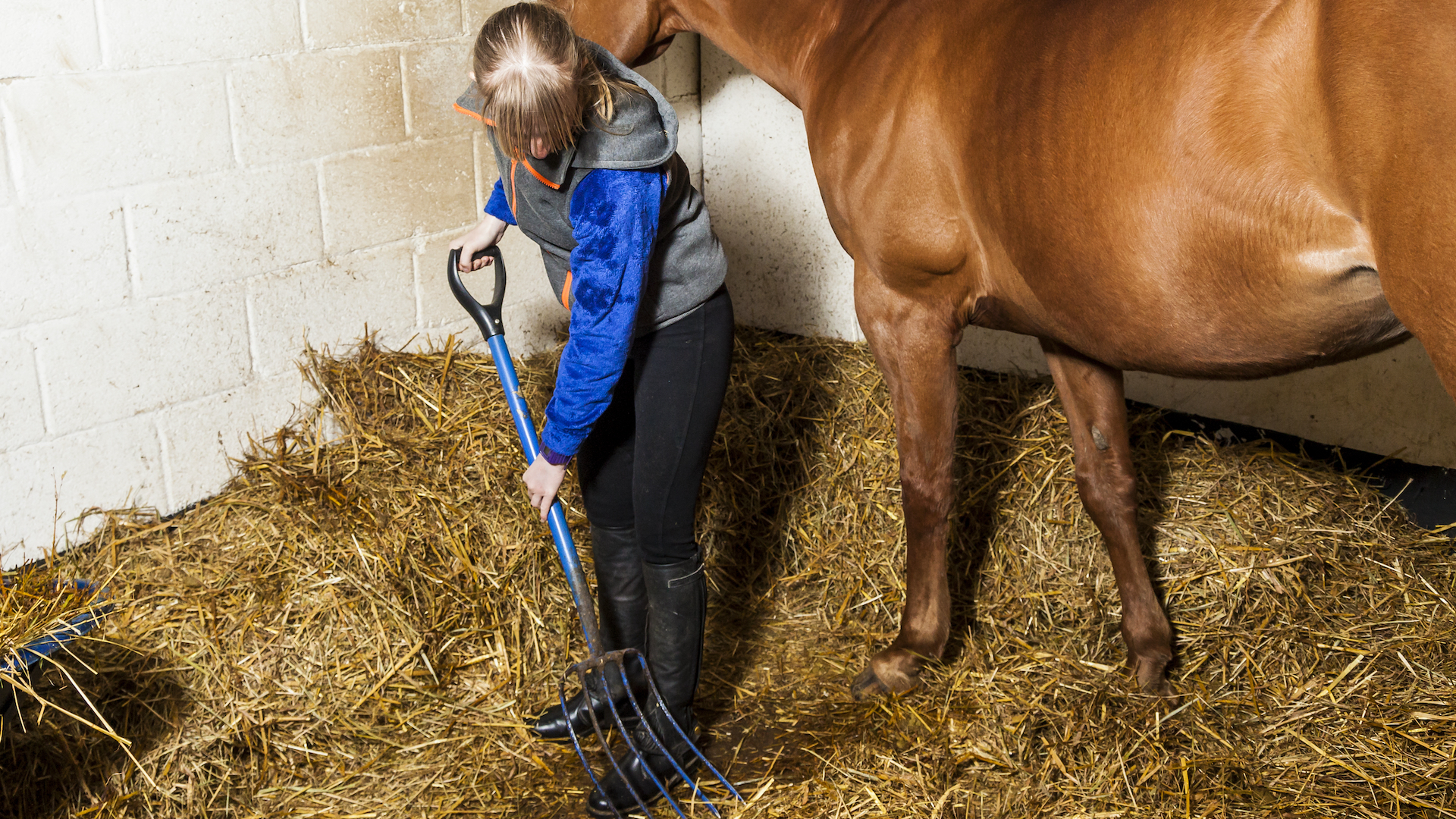
Oh, one of the joys of owning horses! Think of mucking out as your early-morning gym class, because it certainly can get the heart pumping. While mucking out to keep your horse’s stable clean is essential, there are several different systems. Most people opt for a full daily muck-out, where you remove all the droppings and bedding soiled with urine. They will also skip out any droppings during the day. This is the cleanest system.
A part muck-out is when you remove the droppings during the week and do a full muck-out at weekends. This is a good time-saver during the week when most people have less time.
Deep litter works best when you have a large stable or barn. You remove the droppings and add fresh bedding on top. It is economical in time and money but can give rise to dust spores, a smell of manure, and potentially other health issues.
17. Paddock safety
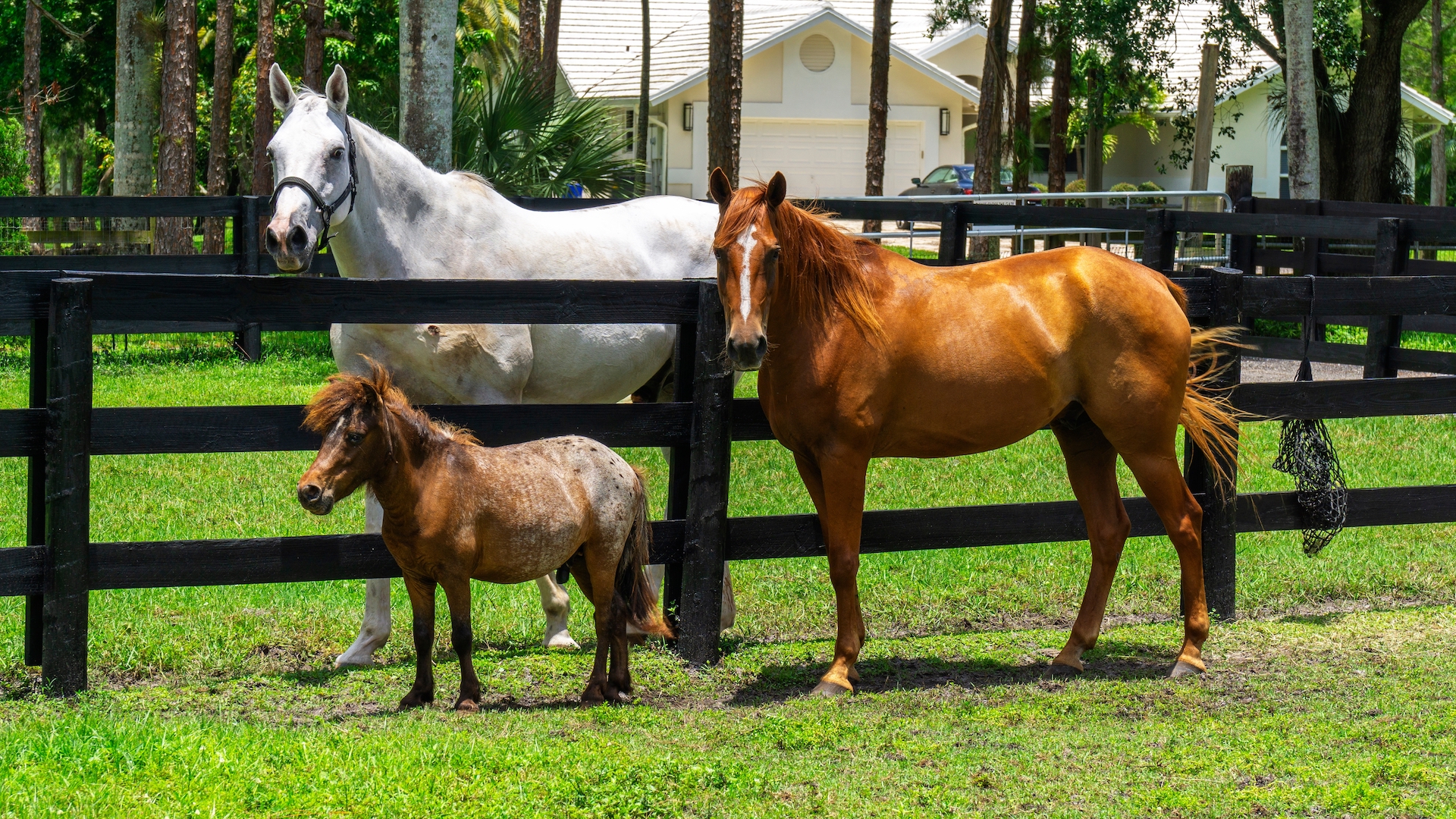
Turnout is not as simple as letting your horse out in a field. Paddocks must be horse-safe, securely fenced, and free from poisonous plants, rubbish, or dangerous objects (for example, harrows). Check, too, for rabbit holes or badger setts, as these could prove disastrous if a horse puts his foot down one.
There should be a supply of fresh, clean water. Poo-pick at least twice a week – daily is ideal. This controls parasites and prevents soiled areas of grass.
18. Blanketing
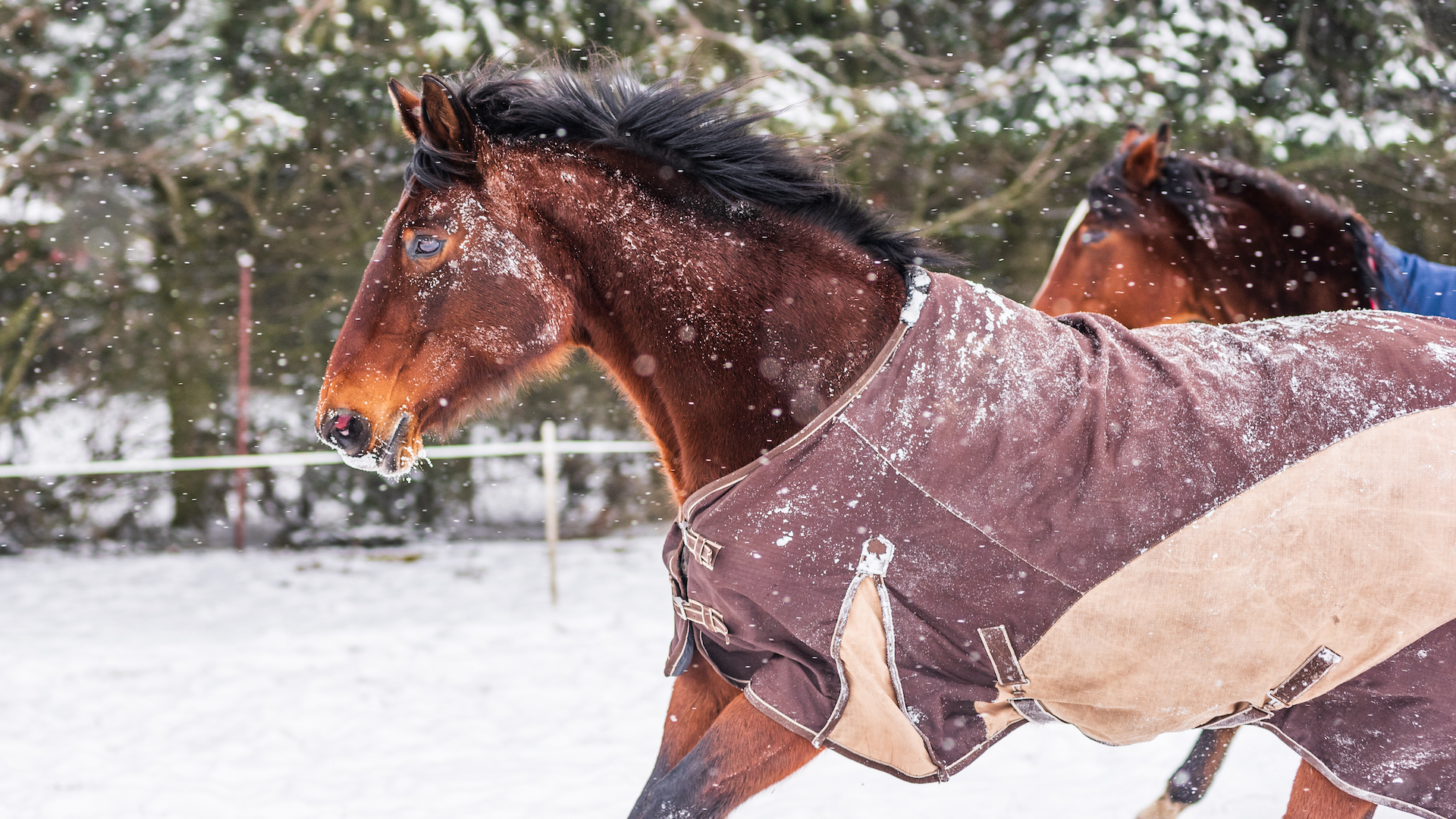
Blanketing – or rugging as it’s called in Britain – is a bone of contention among horse owners. Horses are very good at maintaining their body temperature at around 38ºC come rain or shine. But we tend to anthropomorphize the situation. When we feel cold, we assume the horse does too. But their coat is a naturally brilliant form of insulation – you’ll often see horses with snow on their backs, which like on the roof of the house, means that they are well insulated. Grazing (digesting) and moving help to generate body heat.
There are problems associated with over-blanketing. Blankets can rub and need to be checked on a daily basis. Horses tend to build up weight during the warmer months, stored up for winter when they expend a bit more so it’s a natural obesity control.
Horses that may benefit from blankets are veterans, those with dental problems that make eating tricky, sick horses, clipped or lightweight breeds such as thoroughbreds, and those that have restricted movement – ie they are stabled or in a tiny paddock.
19. Summer care
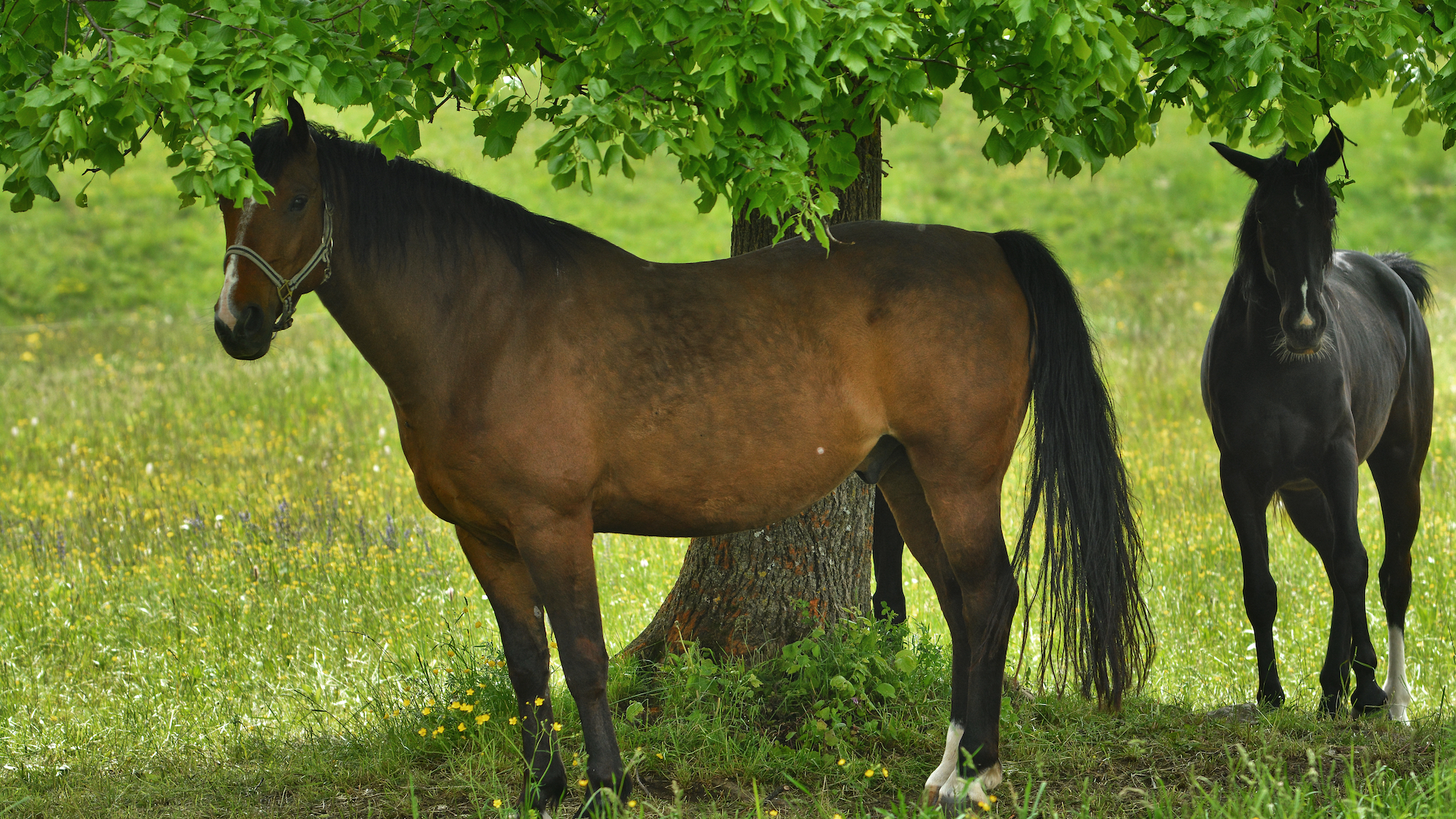
Horses will seek respite from the sun during hot days, so it’s important to provide shade, either by a man-made shelter or trees.
In hot weather, horses may drink up to 60 liters (over four regular buckets) in a day, which is double their usual intake. Always provide clean, fresh water to prevent dehydration. You could provide a salt lick to provide nutrients lost through sweating.
Consider switching the system for horses that are usually stabled at night and out during the day, so that they are in the shade during the hottest hours and benefit from turnout when it’s cooler.
Flies are the bane of a horse’s life during summer, and their tails can only do so much protective swishing. Use a fly rug and mask, and a high-quality fly repellent. Regular poo-picking will also help ensure flies don’t amass.
Horses need their SPF too! Particularly horses with pink skin will need suncream applied to prevent painful sunburn.
20. Winter precautions
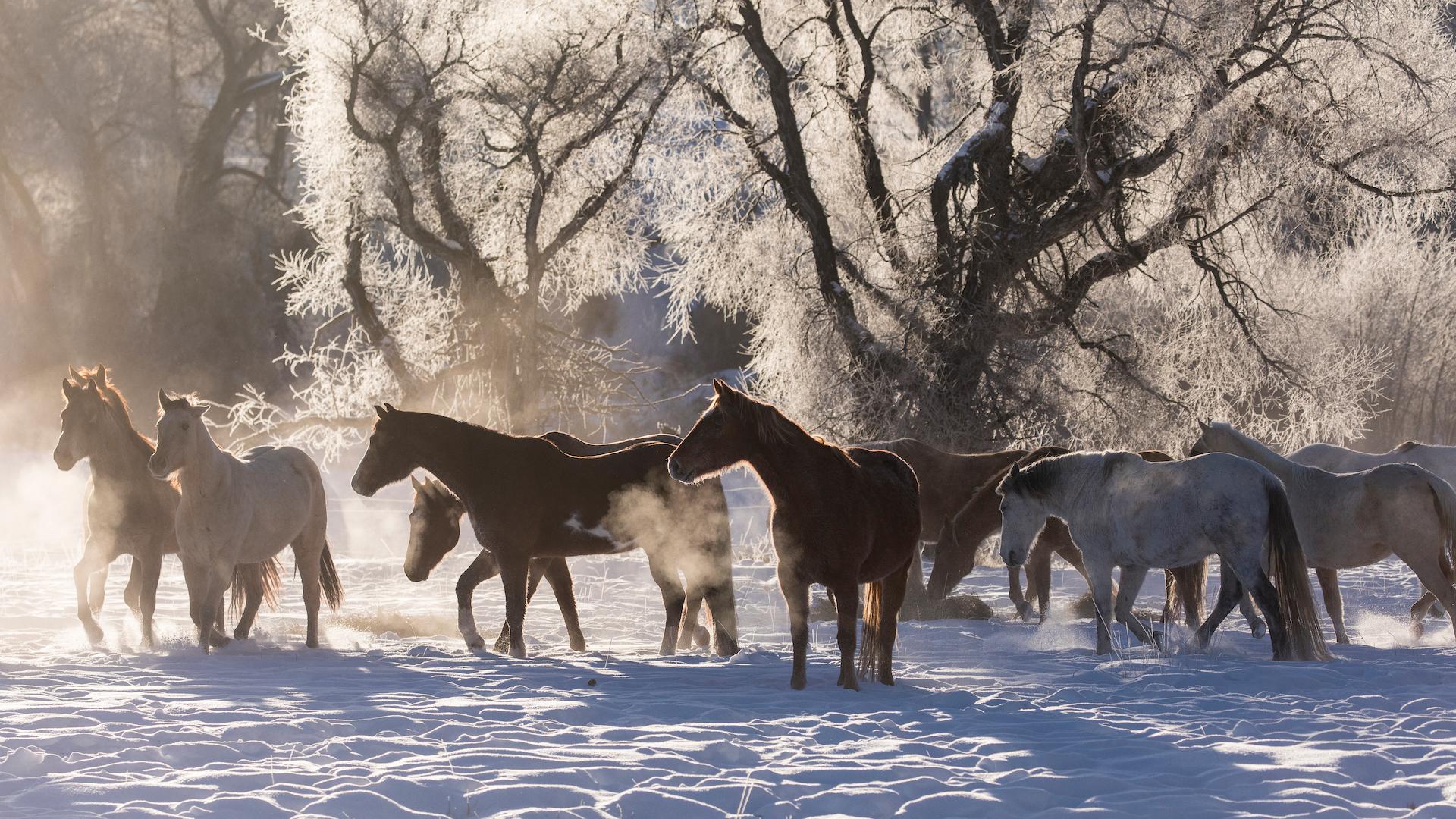
Below 5ºC is when most horses – with a full coat – typically start to feel the cold, so you may want to consider a rug when it nears freezing. Watch out for signs that your horse is cold, such as being tucked up and looking depressed or lethargic.
Horses generate heat by eating, so ensure there is plenty of hay or other forage, especially when there is minimal grass, or it is frosty or snowy. Poor doers will need supplementary feed in winter, too.
Horses tend to drink less in winter so dehydration can be an issue. Always make sure that their water supply is not frozen (leaving a football in the trough works wonders in preventing ice from forming).
21. Sensory hairs
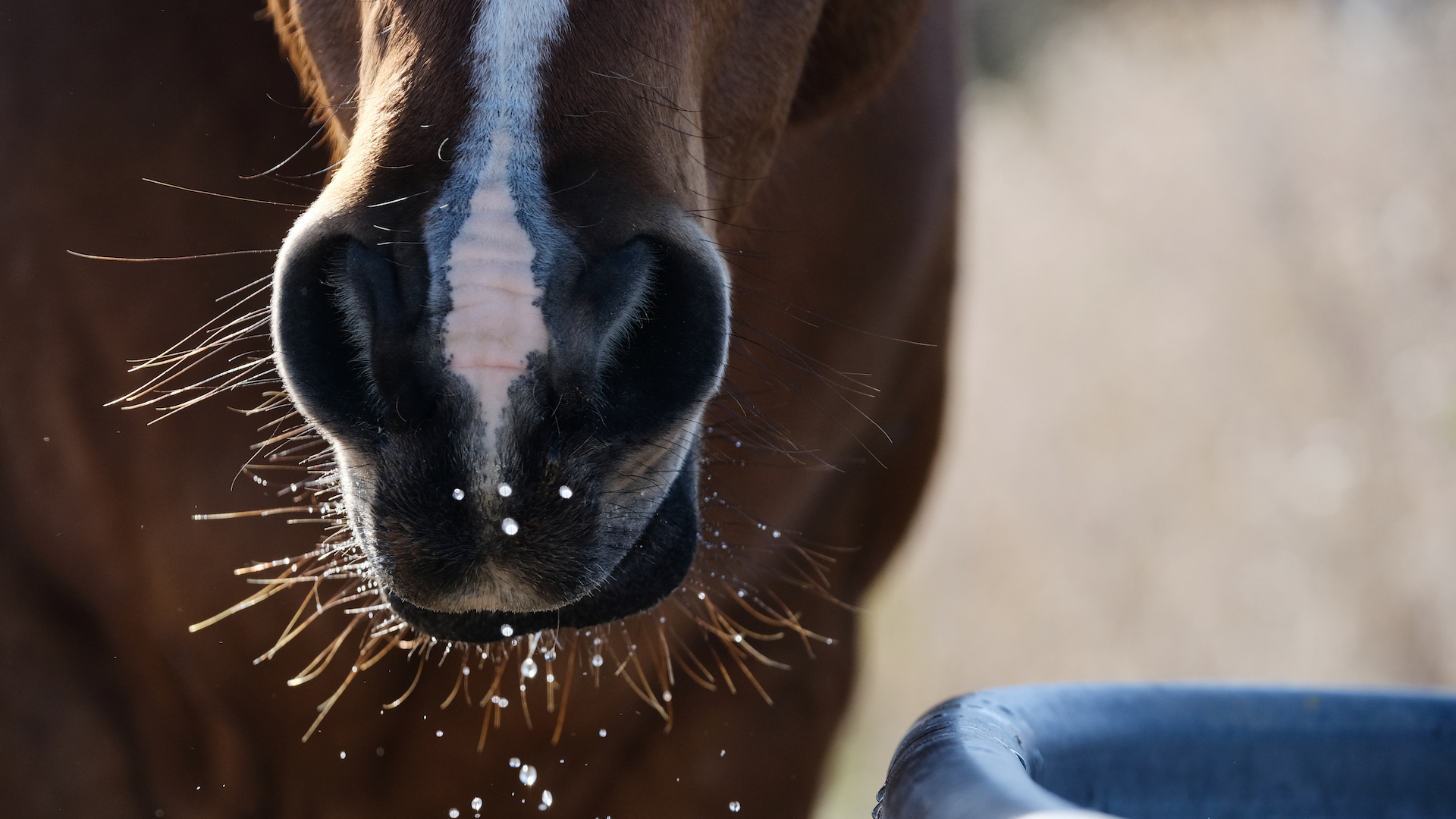
A horse’s whiskers and sensory hairs are amazing antennae-like structures, helping them to navigate the world around them. Whisker follicles have a particularly rich blood supply and nerve connections, which makes any sensation to the whiskers have a strong effect – even a change of air movements.
These sensory hairs are found on the muzzle, eyelids, and inner ears and are vital in helping them detect threats and perceive their surroundings. For this reason, you should not trim the whiskers or the inner ear hairs for cosmetic reasons, as they are an important sensory organ.
22. Poisonous plants
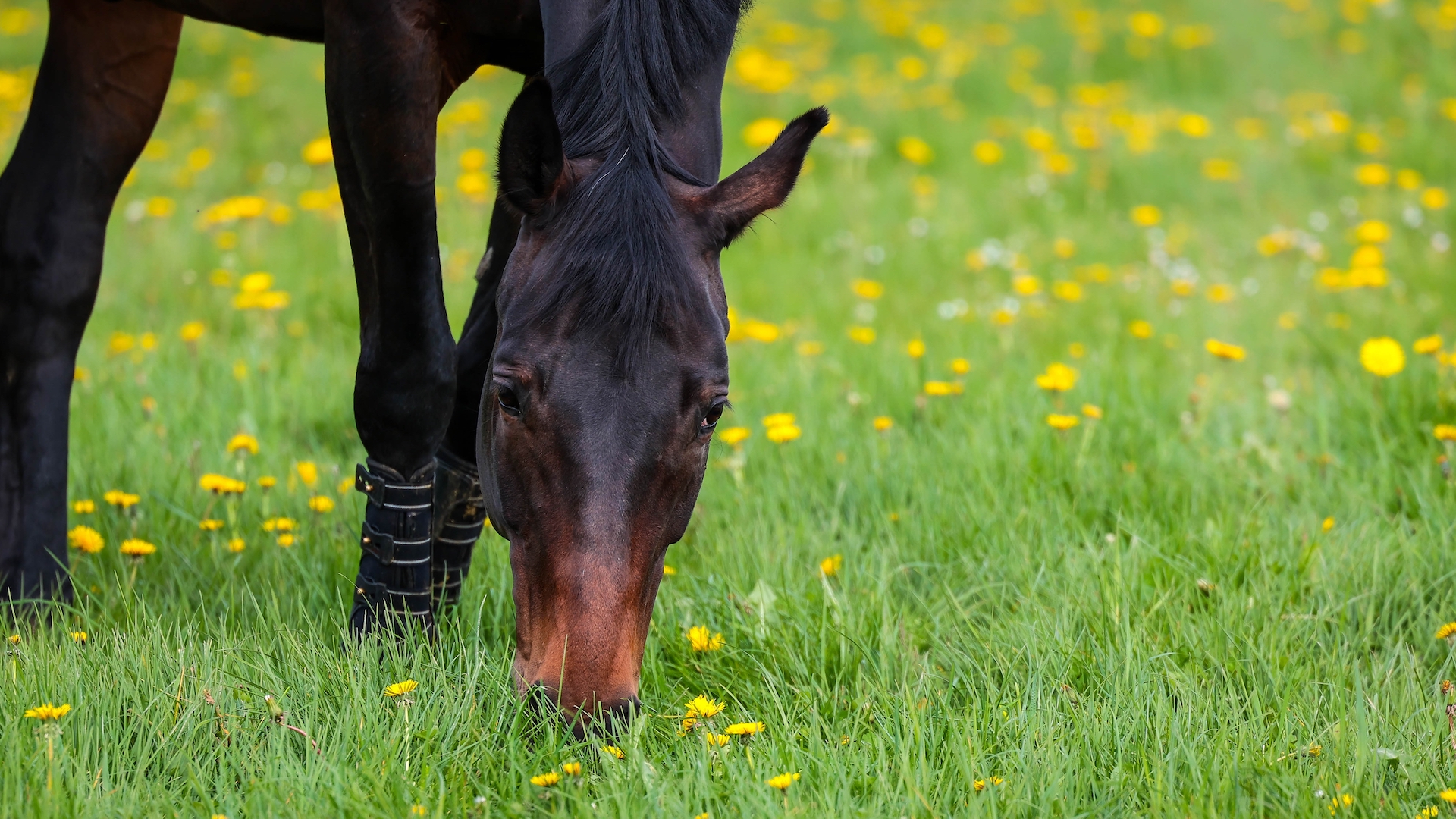
Horses tend to favor plants that are not poisonous, but if grazing is scarce or they get a taste for something (the crunch of an acorn, for example), they may eat poisonous plants. Alas, many are common in our fields. These include ragwort, foxglove, deadly nightshade, hemlock, and buttercups – with varying degrees of toxicity.
There are also many poisonous trees, such as sycamore, yew, oak, privet, and laurel.
You need to take a zero-tolerance approach. Uproot all poisonous plants before they go to seed, and burn them. Cut down poisonous trees or fence off the area so the horses cannot reach them.
23. Stabling arrangements
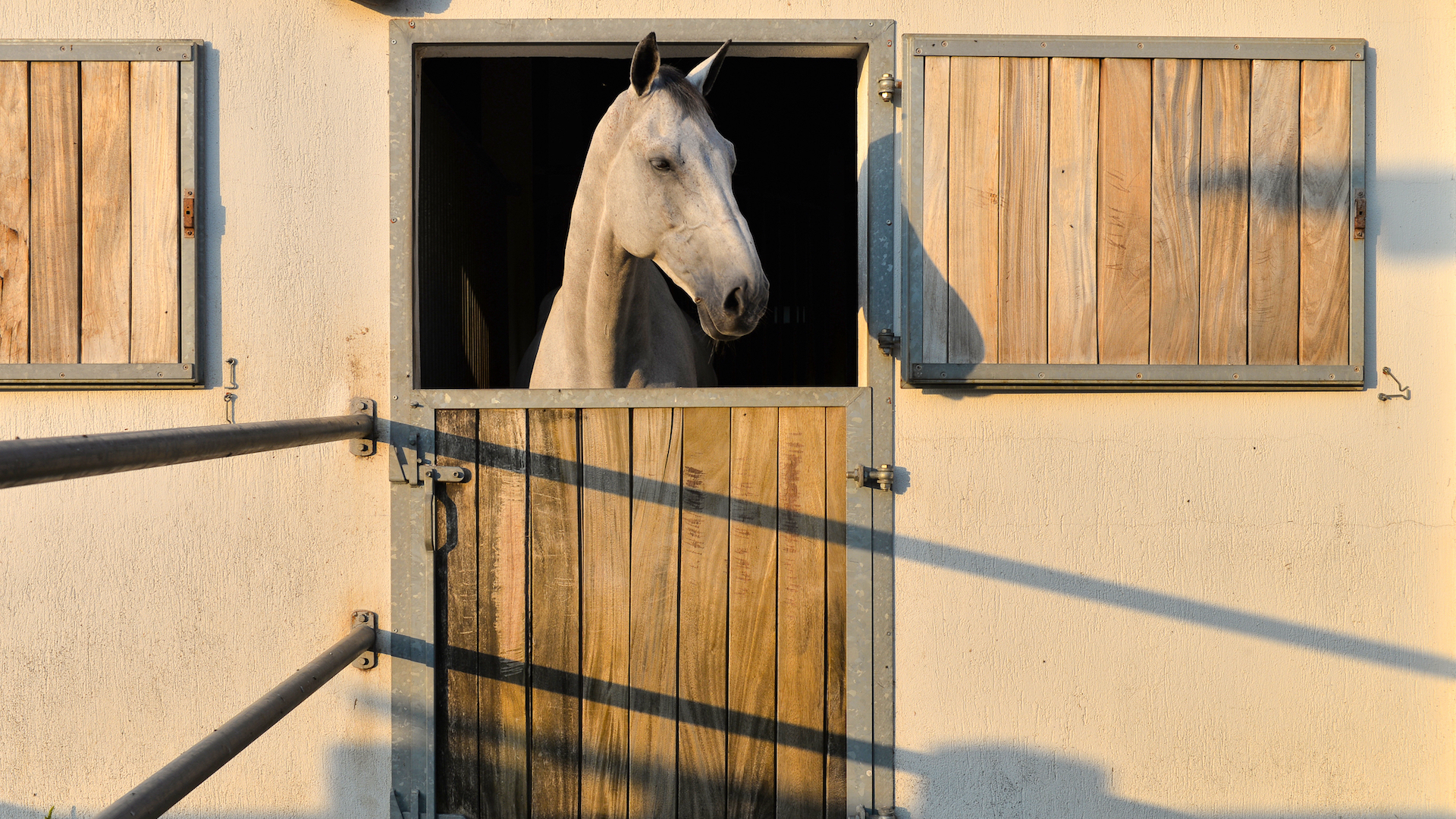
Stables should be large enough for your horse to lie down and get up easily, as well as turn around. This will depend on the size of the horse, but an average horse will need 12ft x 12ft, and an average pony 10ft x 10ft.
Horses should always be able to interact with another equine, at least by sight.
Good ventilation is crucial, to minimize respiratory problems. A height of at least 3ft above the horse’s ears will allow for adequate airflow. Windows and vents can be used to improve airflow.
Always provide a constant supply of fresh water.
24. Physical wellbeing
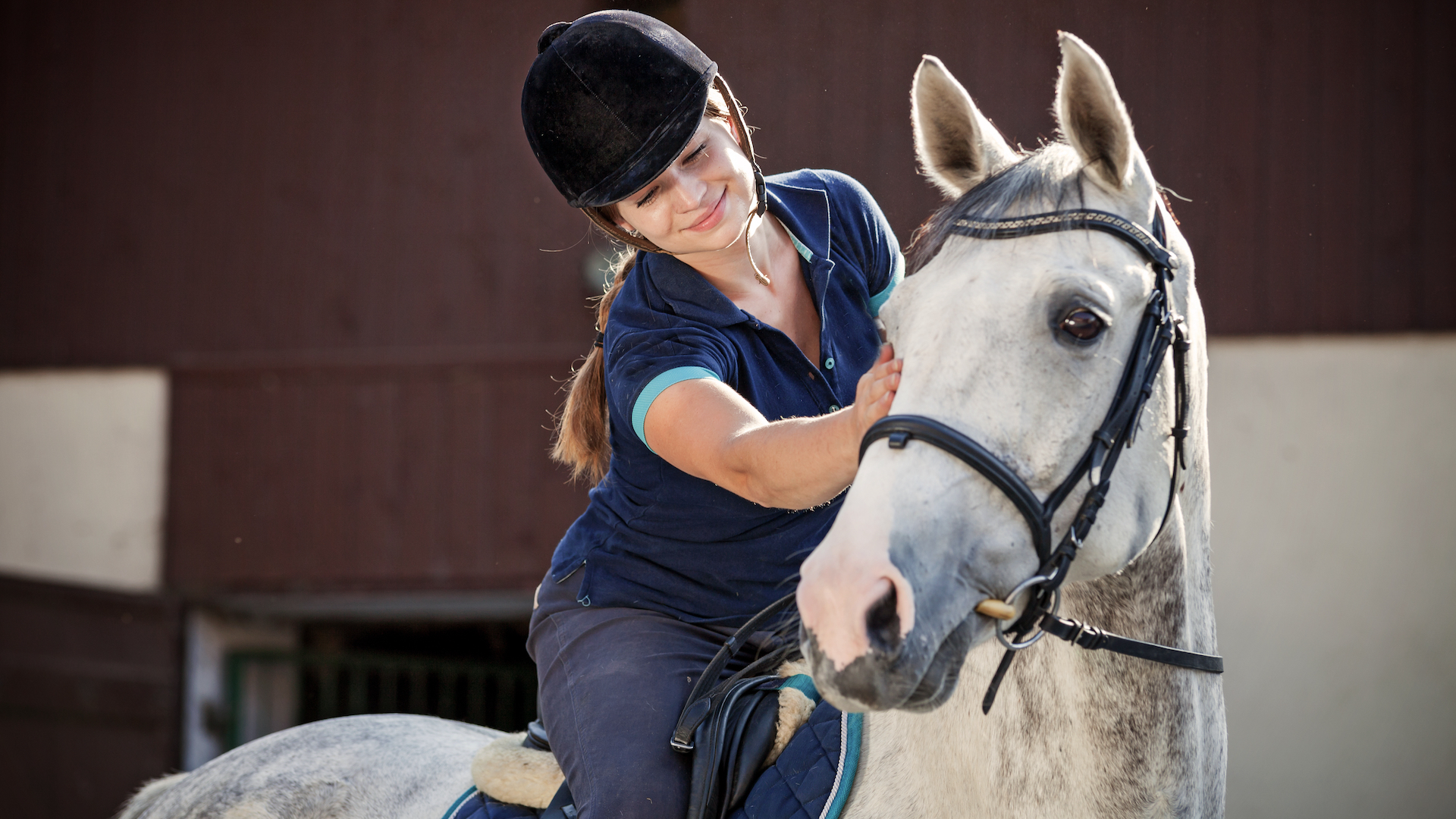
Owning a horse means being responsible for his well-being, which includes ensuring he is physically comfortable. You should be monitoring his weight, movement, activity levels, acceptance of the bit, and any changes to his gait, and eating or drinking habits.
As a grazing animal which is essentially an athlete, horses need daily exercise. They will naturally move around if they live in a herd in a large field, but most domesticated horses will need regular exercise – typically ridden – to keep their bones and hooves strong, their digestion working well, and their circulation tip-top.
25. Mental wellbeing
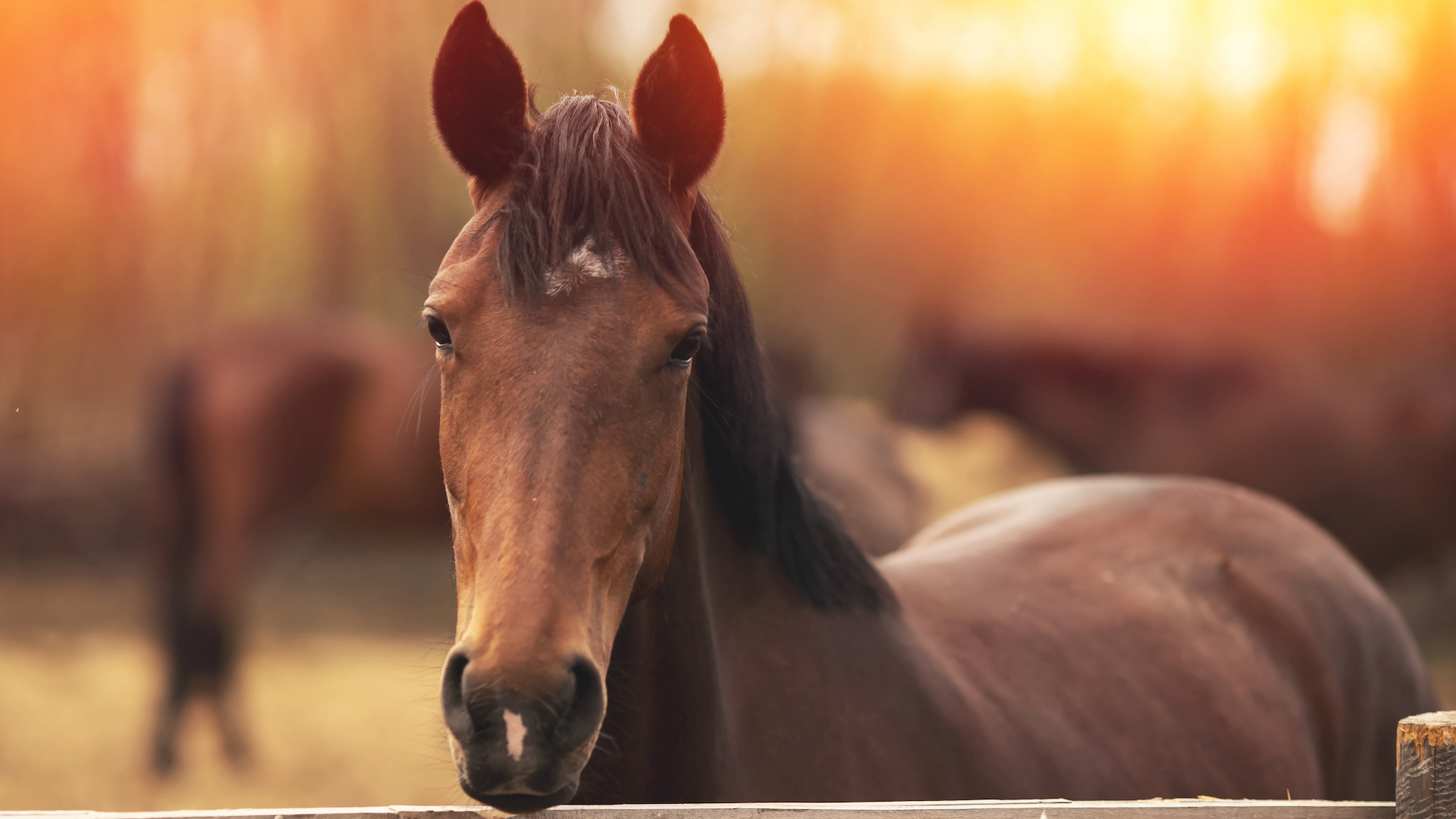
“Happiness” is a difficult emotion to assess in a horse, but it’s our job to work out if they are in a positive emotional state. A healthy, contented horse will graze most of the day, interact with other horses, mutually grooming (or an owner can groom them to provide some part of this need), be happy and attentive when exercised, and be relaxed.
Tension, depression, lethargy, inappetence, stable stereotypies, isolation from other horses, grumpiness, or aggression are all signs that something is amiss.
26. Ageing horses
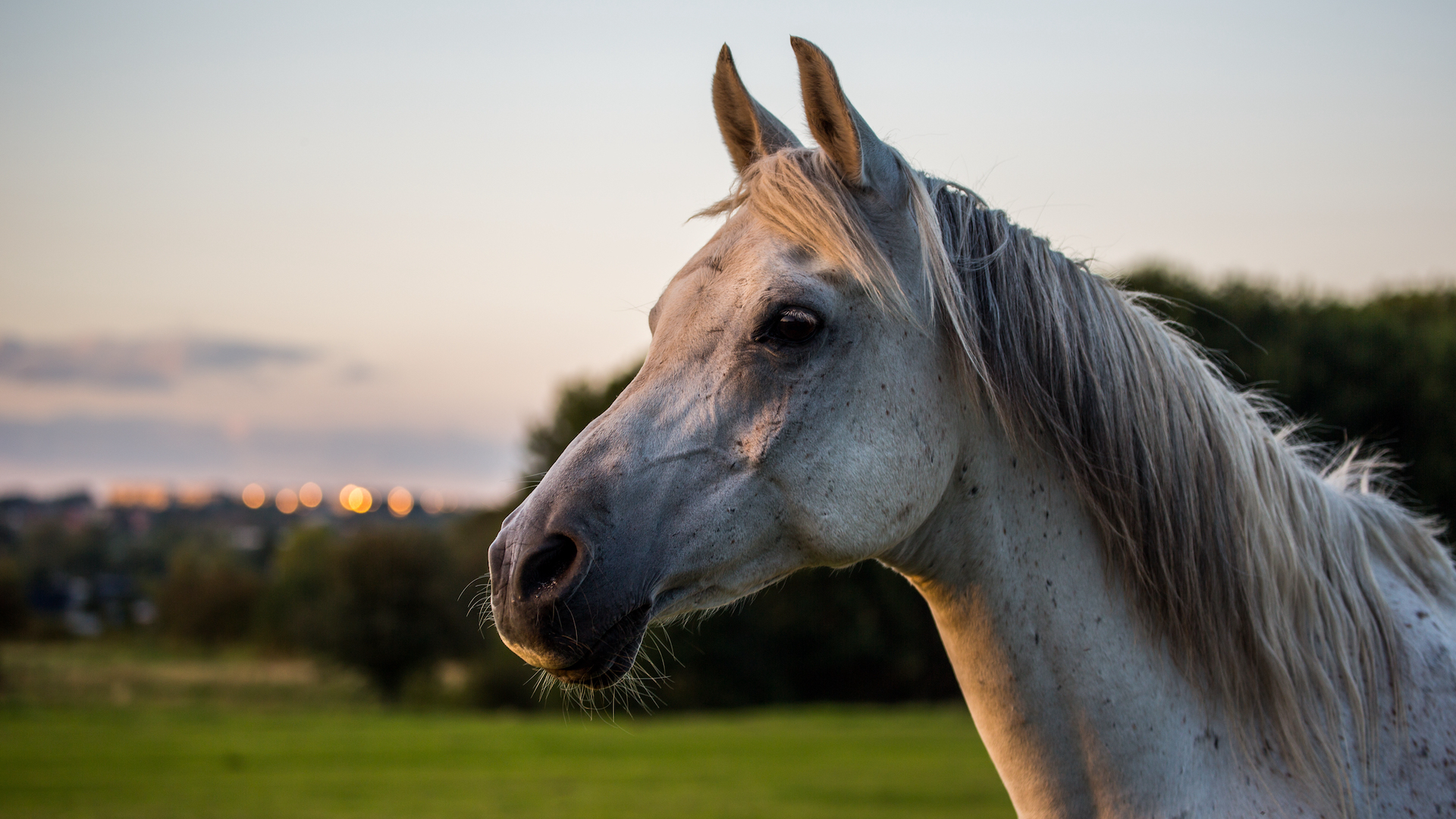
A horse is considered a veteran from the age of 16, but many live and stay active well into their thirties. From the mid-teens you should be alert to the signs of aging so that you can help your horse grow old in the best possible way, adapting to manage his needs.
Monitor your horse’s weight, appetite, how he copes with exercise, stiffness, teeth, coat, and consult your vet if any concerns. And when it comes to the end of life, remember the vet’s adage: “Better a week too early than a day too late.”
27. Coat care
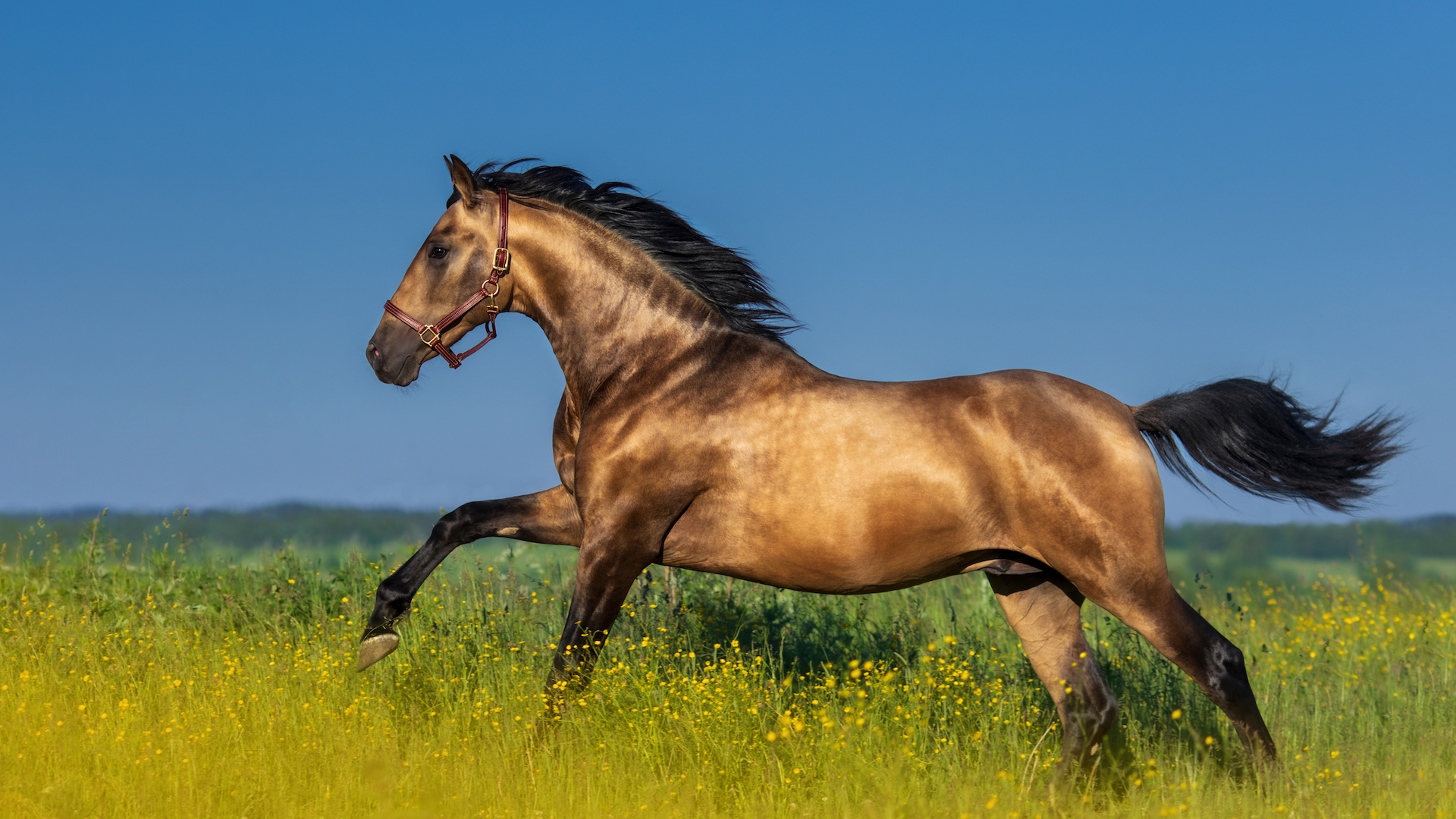
A glossy coat is a sign that your horse is looking and feeling great. To maintain a healthy luster, you need to work up that elbow grease! Regular brushing is important for removing dead undercoats and encouraging new growth. It also stimulates the natural oils that horses produce.
Daily grooming has the added benefit of helping you to spot any lumps, bumps, and cuts. You can use grooming products such as shampoos, conditioners and show sheen to boost the shine.
A good diet is key to a healthy coat. You might also want to add oil, linseed, or flax to their feed, but consult a vet or nutritionist before making any changes.
28. Manes and tails

Different horse owners have contrasting tastes when it comes to the manes and tails – and there are different rules according to different breeds. Some riders love a neatly pulled mane and tail, while others prefer to braid or leave it au naturel. Cutting the tails to a couple of inches above the fetlock helps keep it out of the mud and improves the overall look.
To keep manes and tails tangle-free, apply a detangler or conditioner a couple of times a week. Be gentle in combing through so that you don’t pull out too much hair. With an older horse, these hairs may never grow back.
29. Clipping
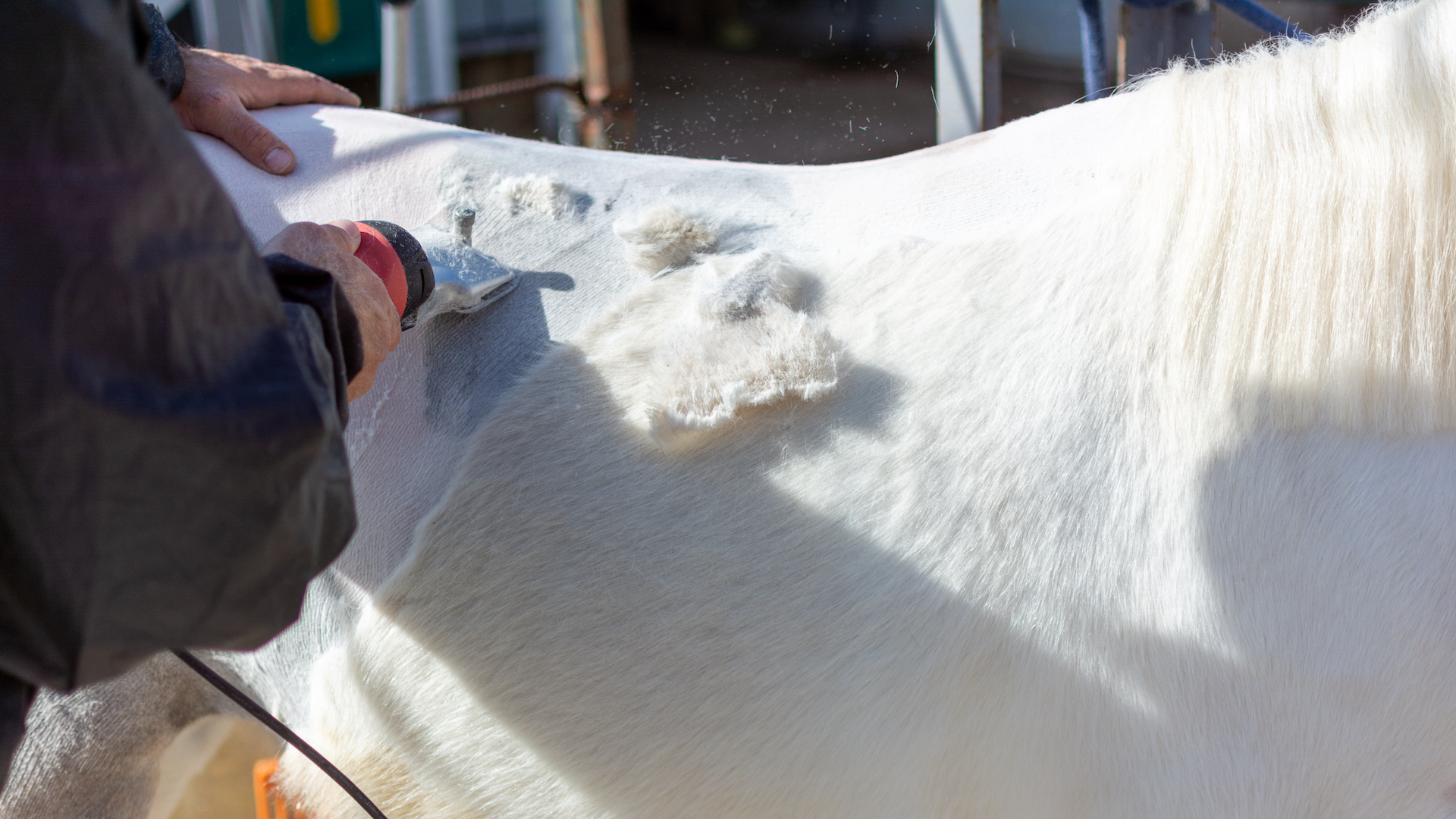
There are myriad schools of thought on clipping. Many horses that work in hot climates are clipped out all year round. For most horses, the sign that they need clipping is that their thick coat makes them sweat excessively, and it is then difficult to wash and dry them off efficiently. It’s uncomfortable for a horse to be left damp and cold on a cool day. But they may not need a full clip – a blanket or trace clip is ample for many horses, and gives them their warm winter coat on the parts of their body where they don’t naturally sweat.
Young and old horses and those not in work are unlikely to need clipping.
A traditional tip for a horse at work during a British winter is not to clip after January, as you may damage the summer coat coming through – though the warmer months still feel a long way off!
30. Emergency fund
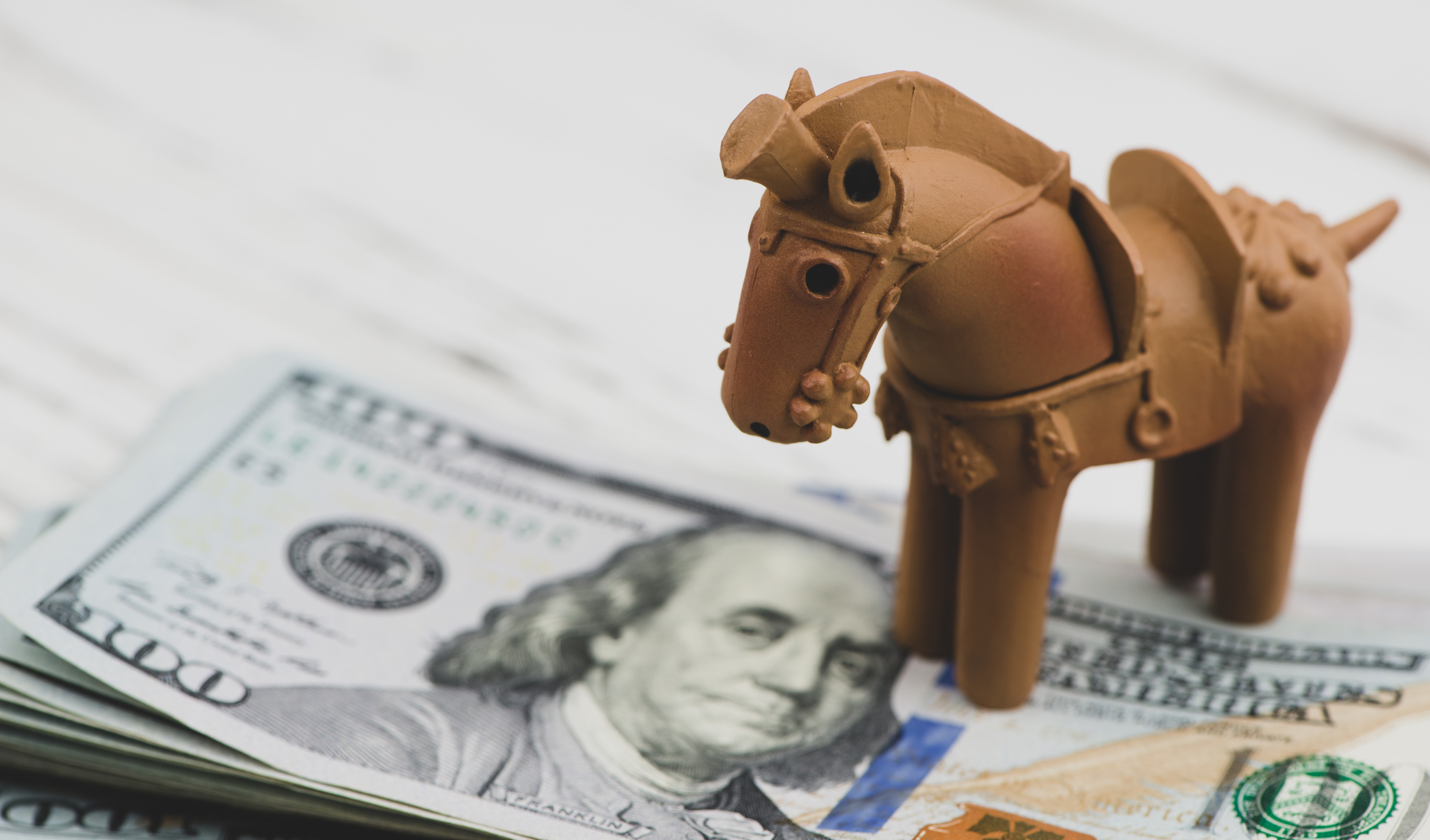
Horse owners need to run a tight budget as costs can quickly escalate. There are the expected weekly and monthly costs, but even presuming these include insurance, you never know when you’re going to need to dig into a fighting fund. It’s well worth putting aside a small sum of money into a kitty each month so that you’re financially ready for the unexpected. One thing’s for sure with horses – they’re unpredictable.
31. Biting insects
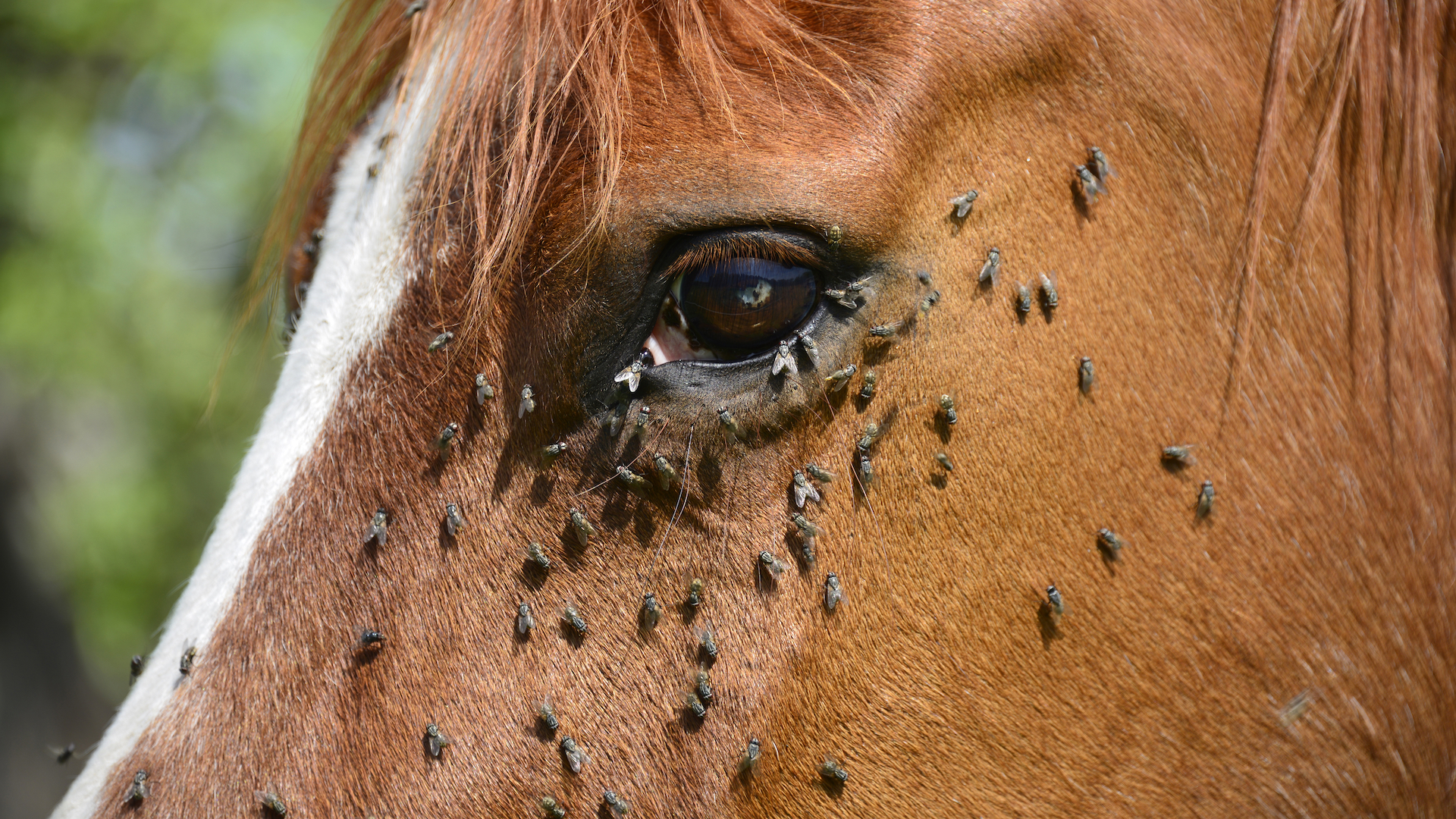
Flies can vary from being an irritation to causing serious, even fatal, illness. Most biting insects are simply a nuisance, but they can cause allergic reactions, painful bites, hair loss, and intense scratching.
However, some of the more exotic species – such as the Tsetse fly – can spread potentially fatal diseases.
The best protection is via fly rugs, fly repellent, fly masks, and to remove all droppings regularly. Situate the muck heap downwind and as far away from where the horses live as is practical.
32. Exercise
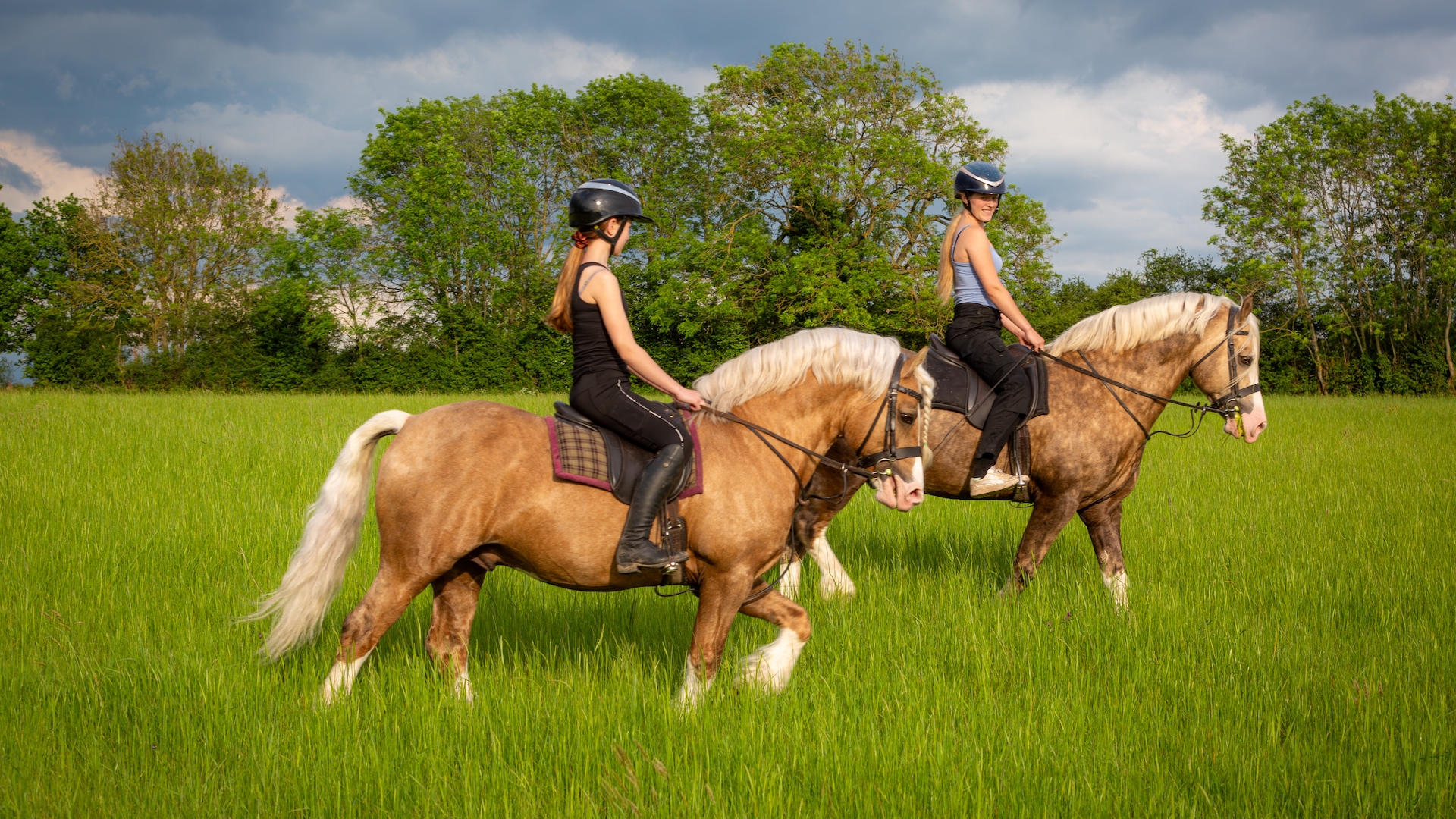
Horses have evolved to move almost constantly, so as their guardians, it’s our job to make sure our horses have sufficient daily exercise. They are designed to move slowly all day long, with occasional bursts of energy.
A lack of routine exercise will have a detrimental effect on their respiratory, cardio, neurological, lymphatic, and digestive systems.
Exercise doesn’t have to be solely ridden – you can count lunge, long-rein work at liberty, play in the paddock, water treadmill, and turn out as exercise, keeping their joints and muscles in tiptop shape.







